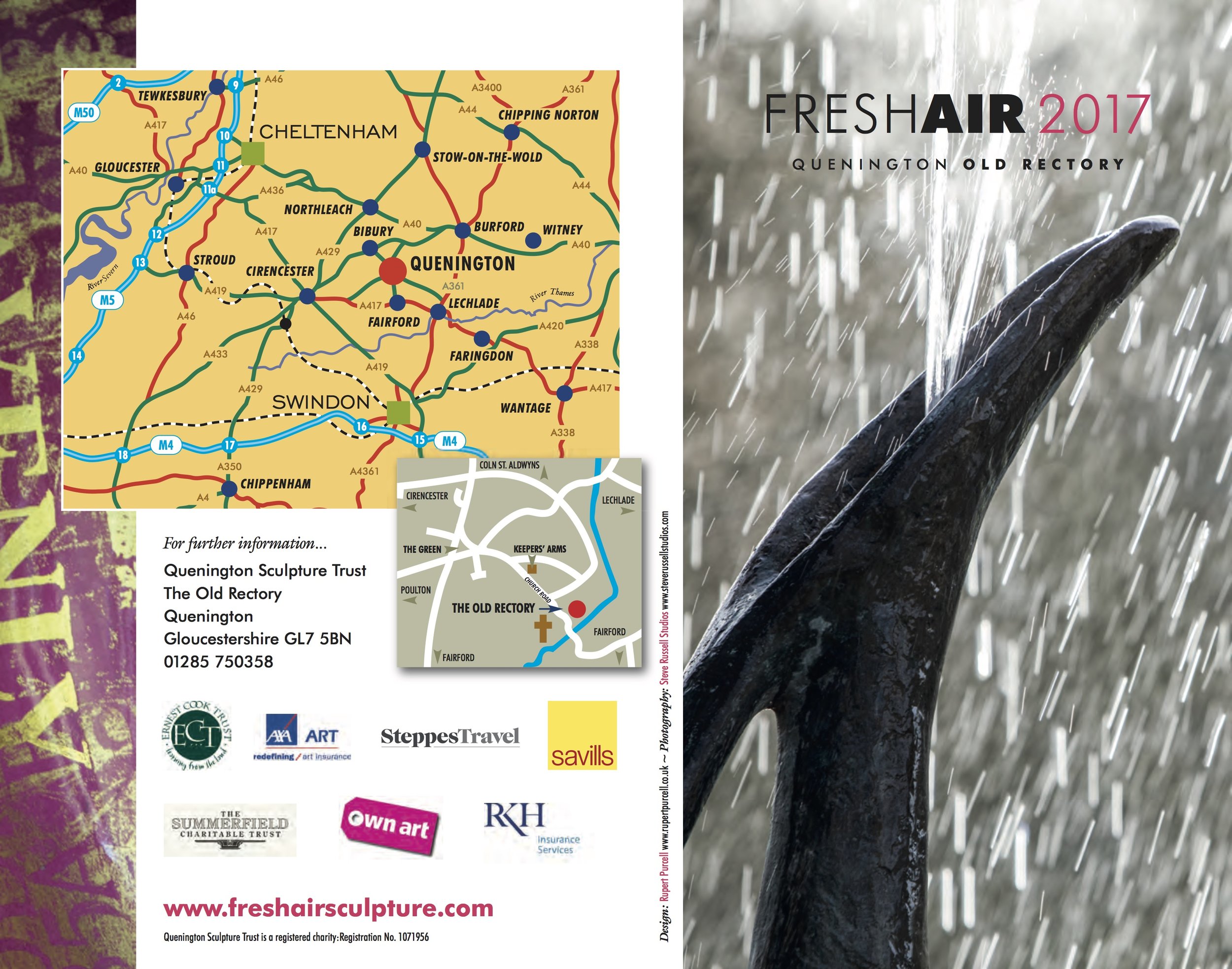
 Hello to Winter and the festive season!
Hello to Winter and the festive season!
I am now in my second (and final) year of my MA Fine Art course at Bath Spa Uni. It has been a great opportunity to reflect on previous work, find new ways of working and research. I am still expanding and refining ideas, while continuing the thread of using reclaimed materials. This aspect relates partly to the issue of waste and energy – utilising and recycling. It belongs to a wider subject of our relationship with matter, nature, and ourselves. In the series ‘Wonders of Life’ Brian Cox explains that energy is eternal, transforming from one thing to another. There is a connection between everything that has ever lived, and an impact, as in the Chaos theory, or Butterfly Effect. I see Vitalism as energy in all things, although in Science it is the vital force peculiar to only living organisms.






A mass of frass (insect excretions) appeared around tiny entry points in a piece of found wood (above) in which I had inserted glass tendrils as growths. The frass resemble decaying matter on a holdfast I studied. I find them intriguing, referencing life’s recycling, organic matter as bodily forms. These phenomena have been starting points to further investigations. They led to microscopic studies of frass. Microscopic hidden structures vital to our being reflecting the magnitude of life. These images could easily be rock formations – even meteors.







I have since experimented with annealing and beating copper over molds I carved in wood, based on frass forms. My copper project – exploring the materiality of copper and what happens to it under different conditions – included an experiment with copper electrolysis. The alchemic process is fascinating, I have learnt a little more chemistry and made copper hydroxide as a pigment. Two scrap pieces of copper were connected to a low voltage battery charger, with opposite charges. The electricity splits the ions in salty water. A complex chemical process ensues, involving copper hydroxide, chlorine and hydrogen bubbles. The effects of disintegration and patination are wonderful. The harnessing of elemental energy could become an artwork.
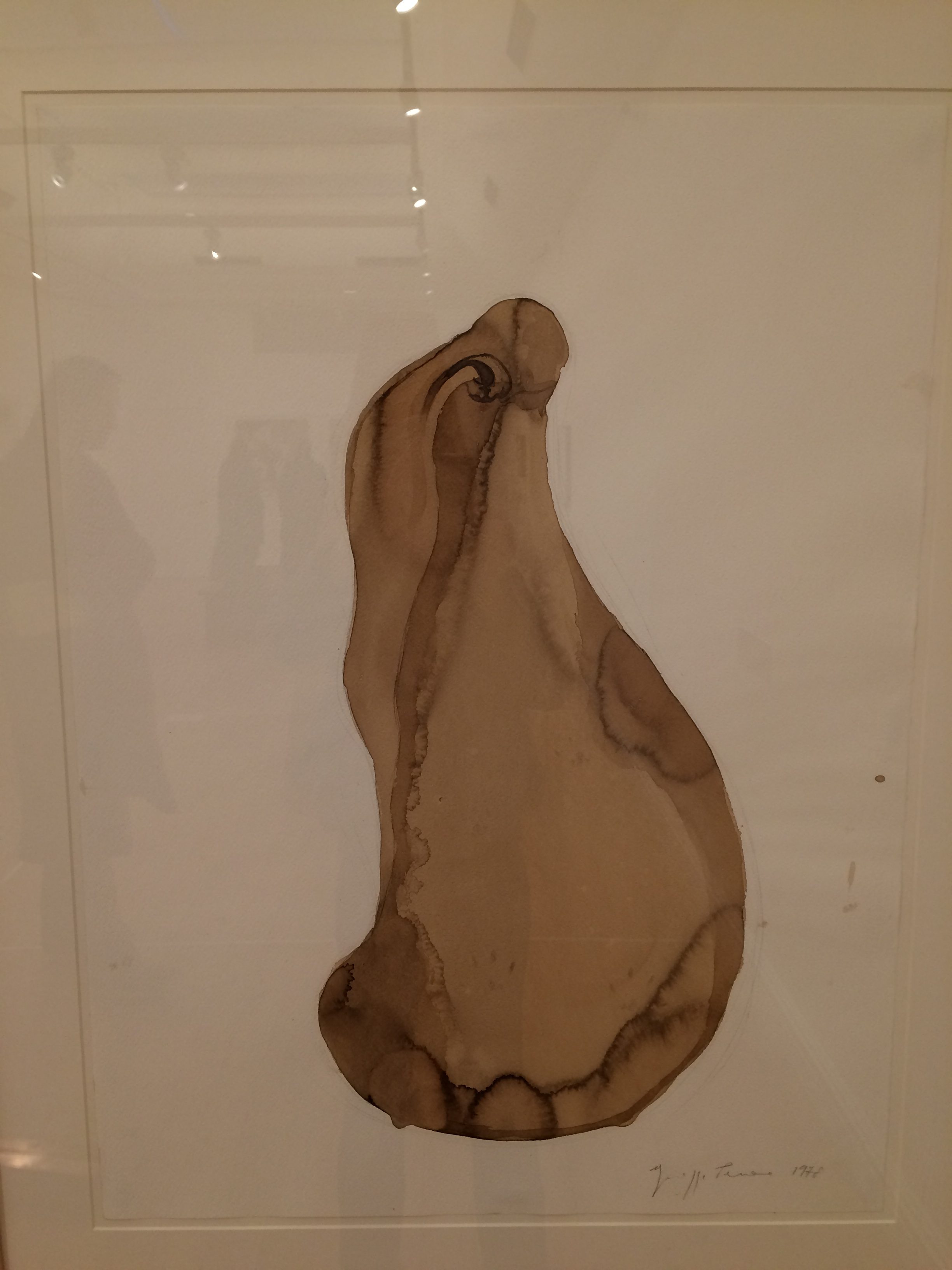



I recently visited the exhibition ‘Italian Influences, British Responses’ at Estorick, London. It was interesting to see current artworks alongside the anti-consumerist 60’s group Arte Povera, who broke with tradition believing art should be inclusive. In their resolution to fuse life and art, nature and culture, they used everyday materials, often incongruous juxtapositions of mundane manufactured with organic. Their work was about energy and the elements. The exhibition included a piece by Mona Hatoum. She uses everyday objects arranged to signify displacement and confinement. In her work domesticity becomes ‘menacing’ (Van Assche). In a Youtube film she explains her intuitive response to materials. She incorporates body parts eg nails, skin, hair, creating modest hair balls, or hair grids. Through these bodily excretions she transforms materials and meaning.


I also saw Damian Ortega at White Cube Gallery and watched him online. He playfully takes apart and re-assembles components, dealing with fragmentation of objects, time, materiality. It is a philosophical discourse involving material and message. I like his encyclopaedic geodes made from old maps, which he layers as shells, suggesting geological time, and his visual essays, which question truth, mass media’s effect on our perceptions and judgements. ‘Learning Scheme’ indexes small thumbnail clay pieces according to their similarities. Some forms are similar in different groups/lines. Like convergent evolution, they seem to morph, some are organic, others more mechanical. Since then I have been working in clay a little.
Last week we opened our MA studios to the public. I created an installation for it inspired by the organic forms I have been studying, using found and reclaimed materials, some transformed by me. It was a great gathering and the deadline helped me focus on one thing for a while.








On a more commercial note, to make ends meet, I have just updated my Etsy page: www.etsy.com/uk/shop/FionaCampbellArt. Do have a look – there are some possible gifts for Christmas!
Have a lovely one!
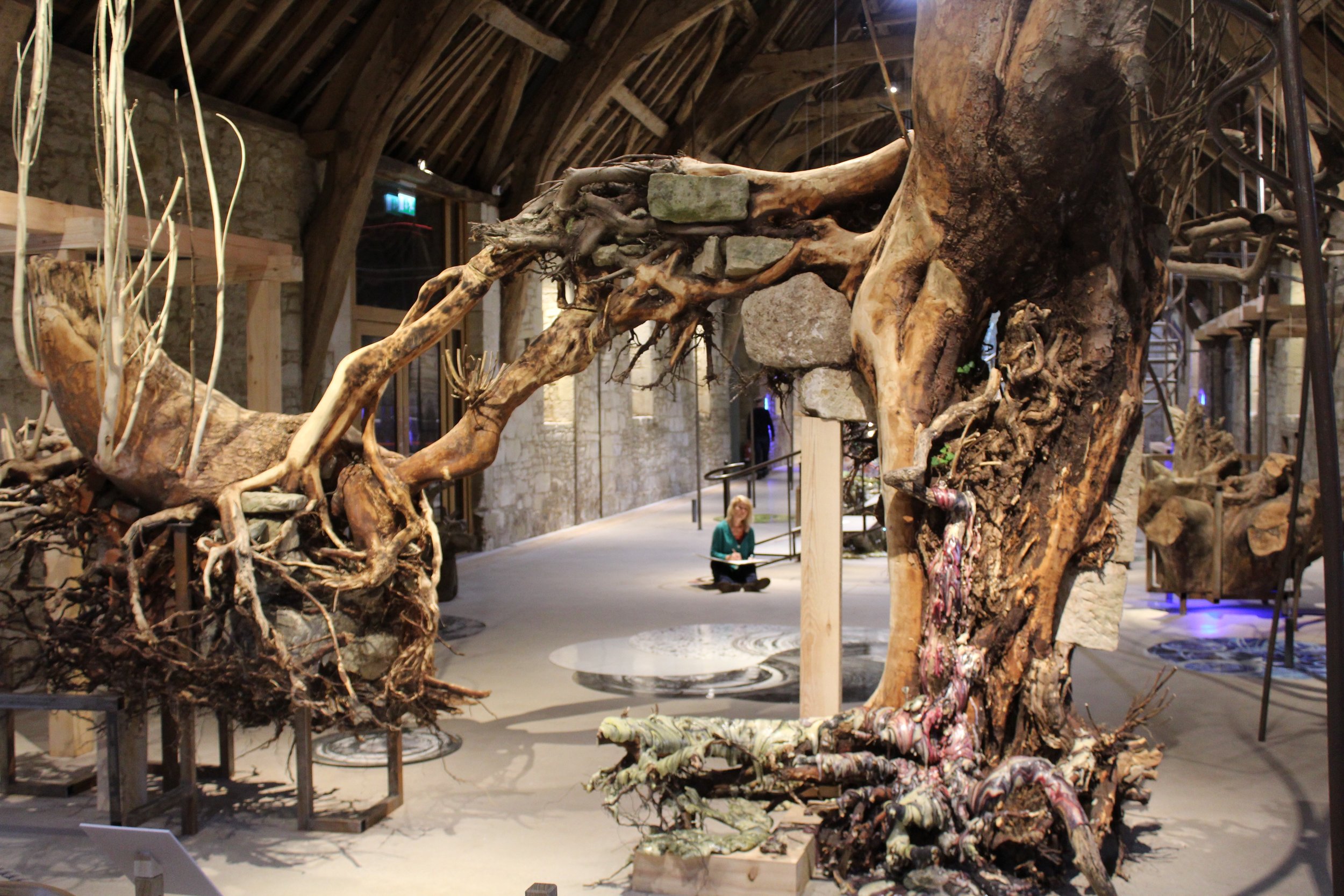 In September I attended Judy Pfaff’s talk and the launch of her new site-specific installation ‘Roots Up’ at Messums, Wiltshire. Having previously researched her online as an artist of great interest to me, it was a real thrill to see her work in reality. Pfaff sees her installations as ‘painting in 3d’. ‘Roots Up’ fills the length and height of the huge tithe barn. On entering, I was taken aback by the immensity of two extraordinary entwined tree root balls, which have naturally melded together clasping man-made stone blocks between their roots. Monumental in scale, nature’s power is unequivocal. Steel rods wiggle and writhe – their man-altered forms communing with the architecture and nature. Colourful concentric rings are encircled by 12 hovering vessels, a fantastical mix of green to pink sinuous melted plastic and expanded foam spilling out. I was reminded of sundials, crop circles, the solar system and celtic patterns. The recognisable influence of Salisbury Cathedral is represented in a fluted architectural column reaching to the ceiling. Pfaff’s work oozes, spews and flows with energy and vitality, which I love.
In September I attended Judy Pfaff’s talk and the launch of her new site-specific installation ‘Roots Up’ at Messums, Wiltshire. Having previously researched her online as an artist of great interest to me, it was a real thrill to see her work in reality. Pfaff sees her installations as ‘painting in 3d’. ‘Roots Up’ fills the length and height of the huge tithe barn. On entering, I was taken aback by the immensity of two extraordinary entwined tree root balls, which have naturally melded together clasping man-made stone blocks between their roots. Monumental in scale, nature’s power is unequivocal. Steel rods wiggle and writhe – their man-altered forms communing with the architecture and nature. Colourful concentric rings are encircled by 12 hovering vessels, a fantastical mix of green to pink sinuous melted plastic and expanded foam spilling out. I was reminded of sundials, crop circles, the solar system and celtic patterns. The recognisable influence of Salisbury Cathedral is represented in a fluted architectural column reaching to the ceiling. Pfaff’s work oozes, spews and flows with energy and vitality, which I love.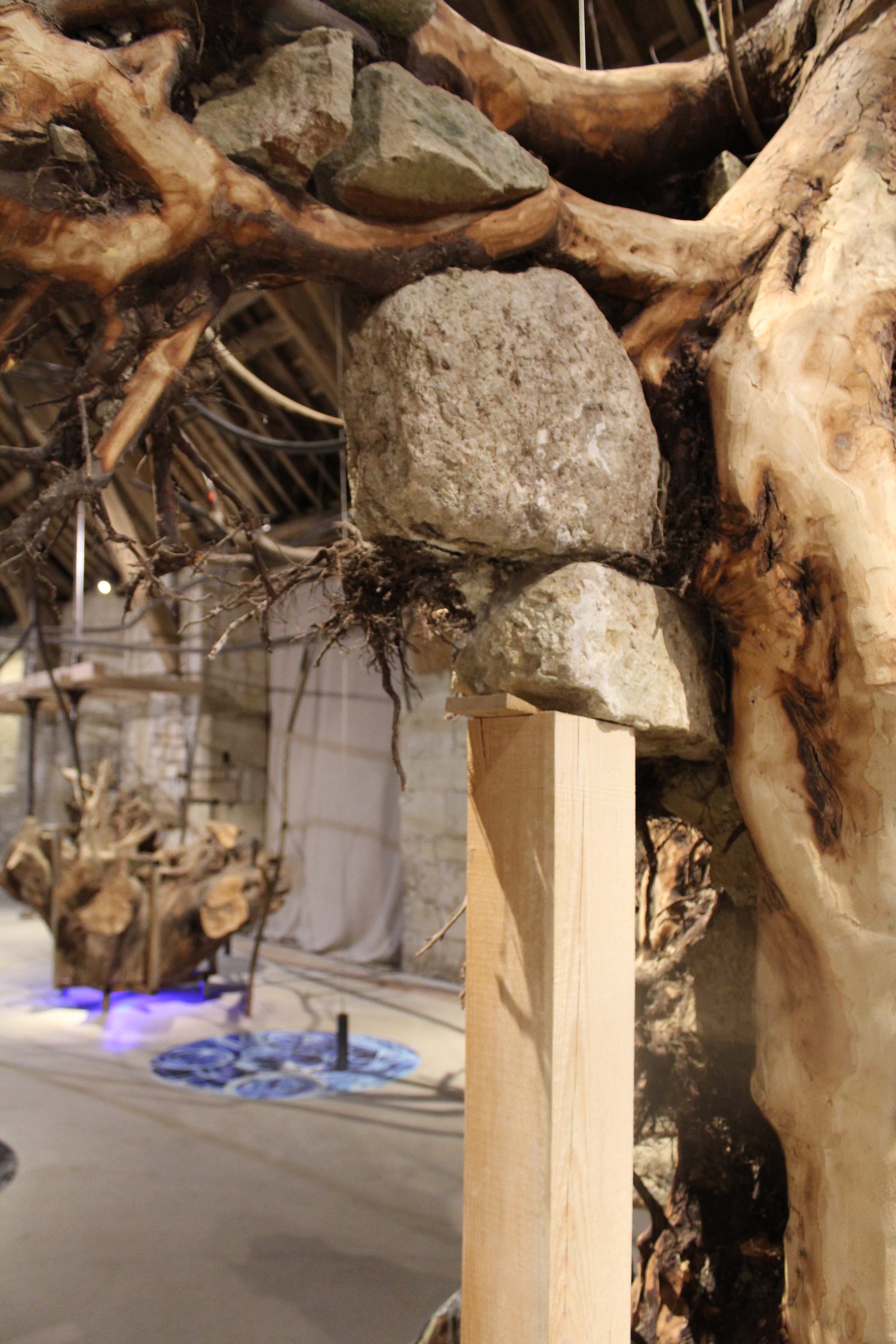
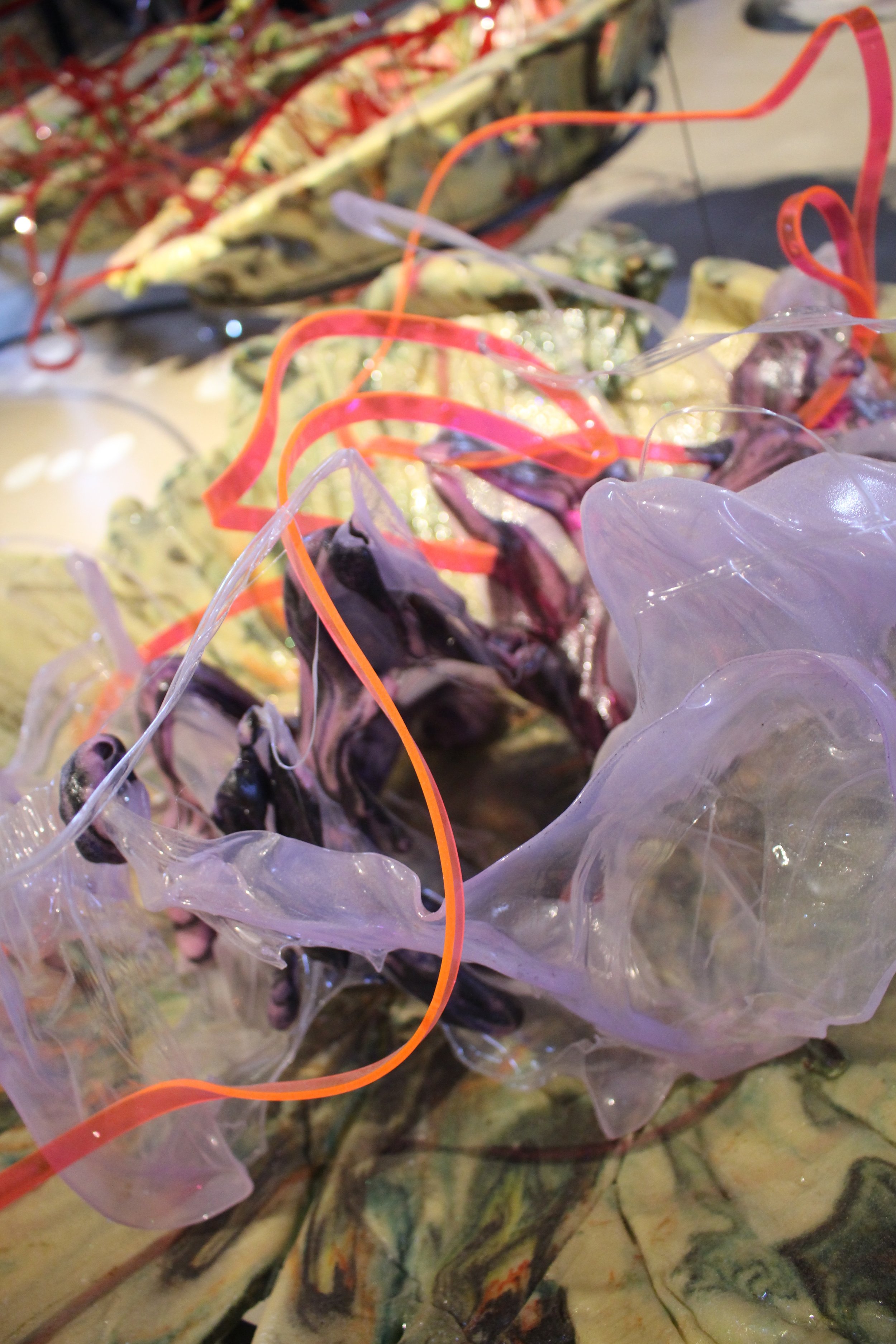

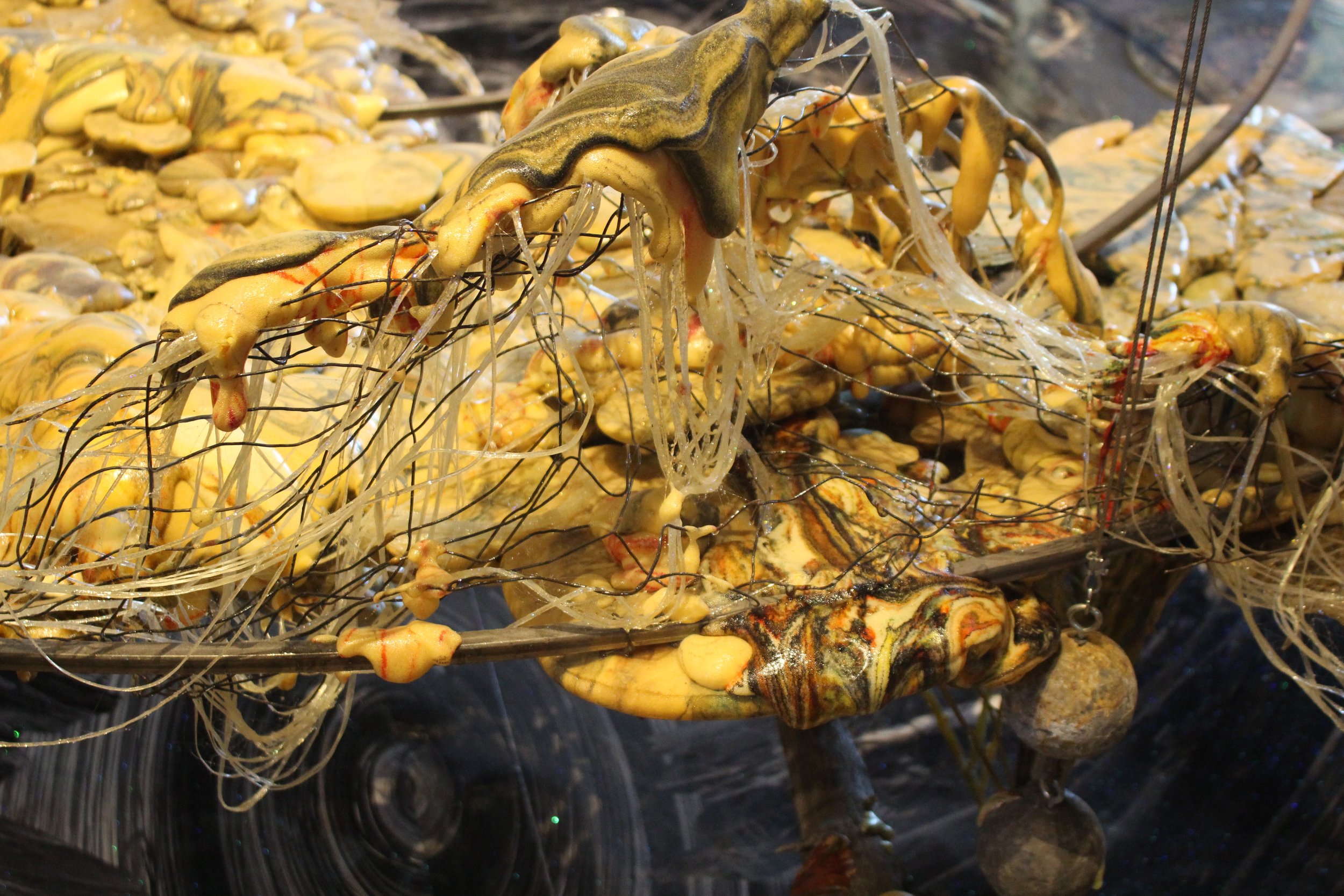
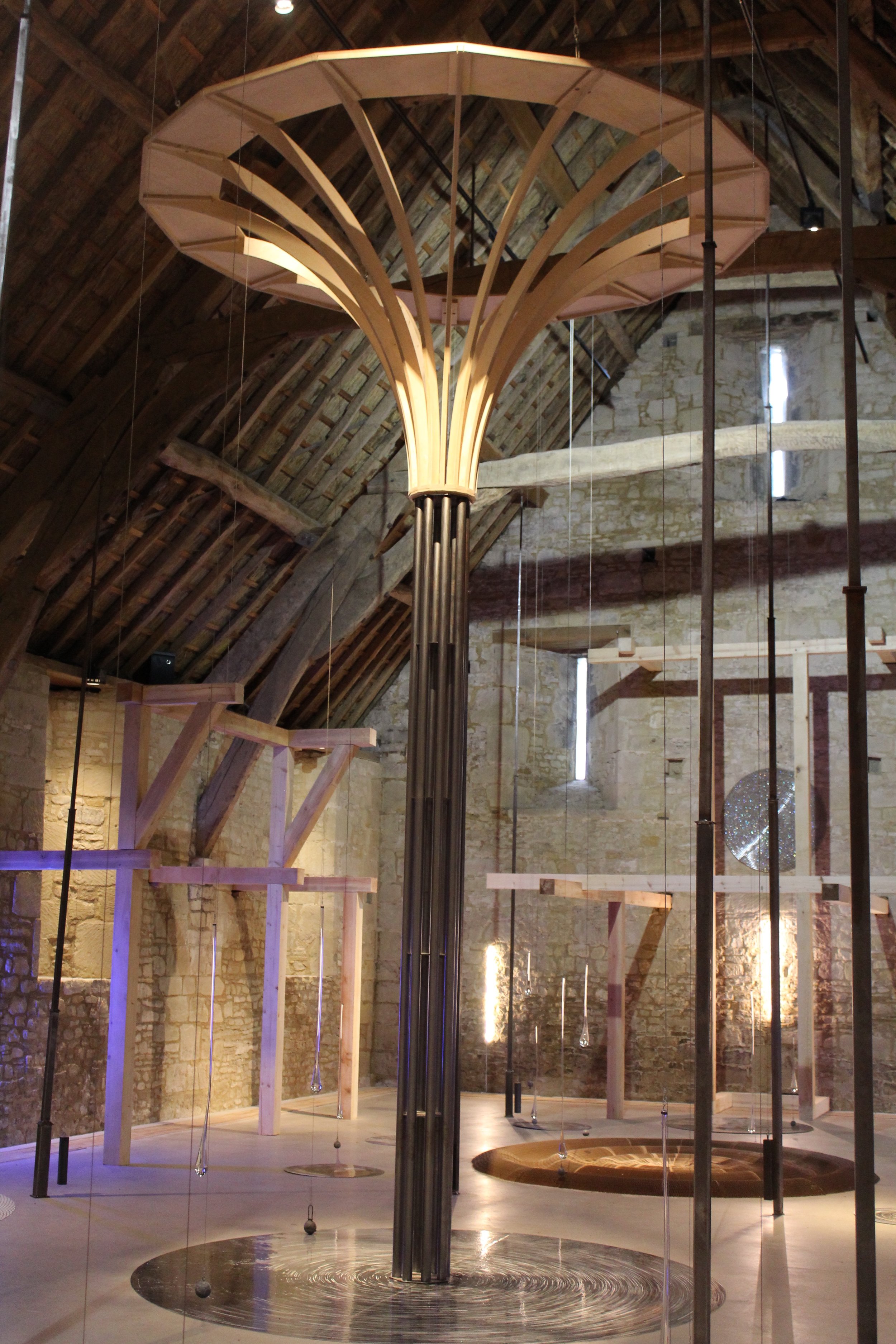
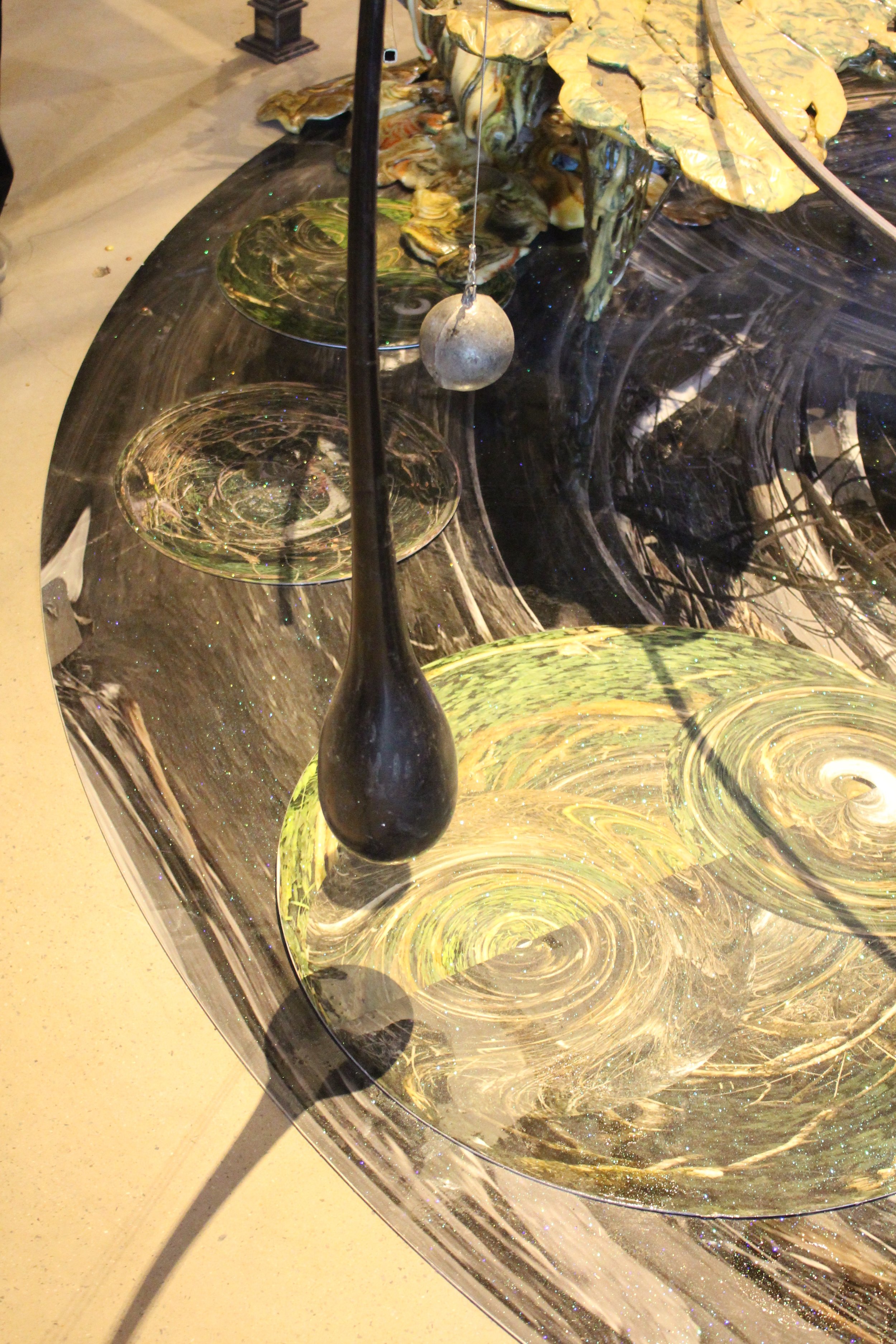
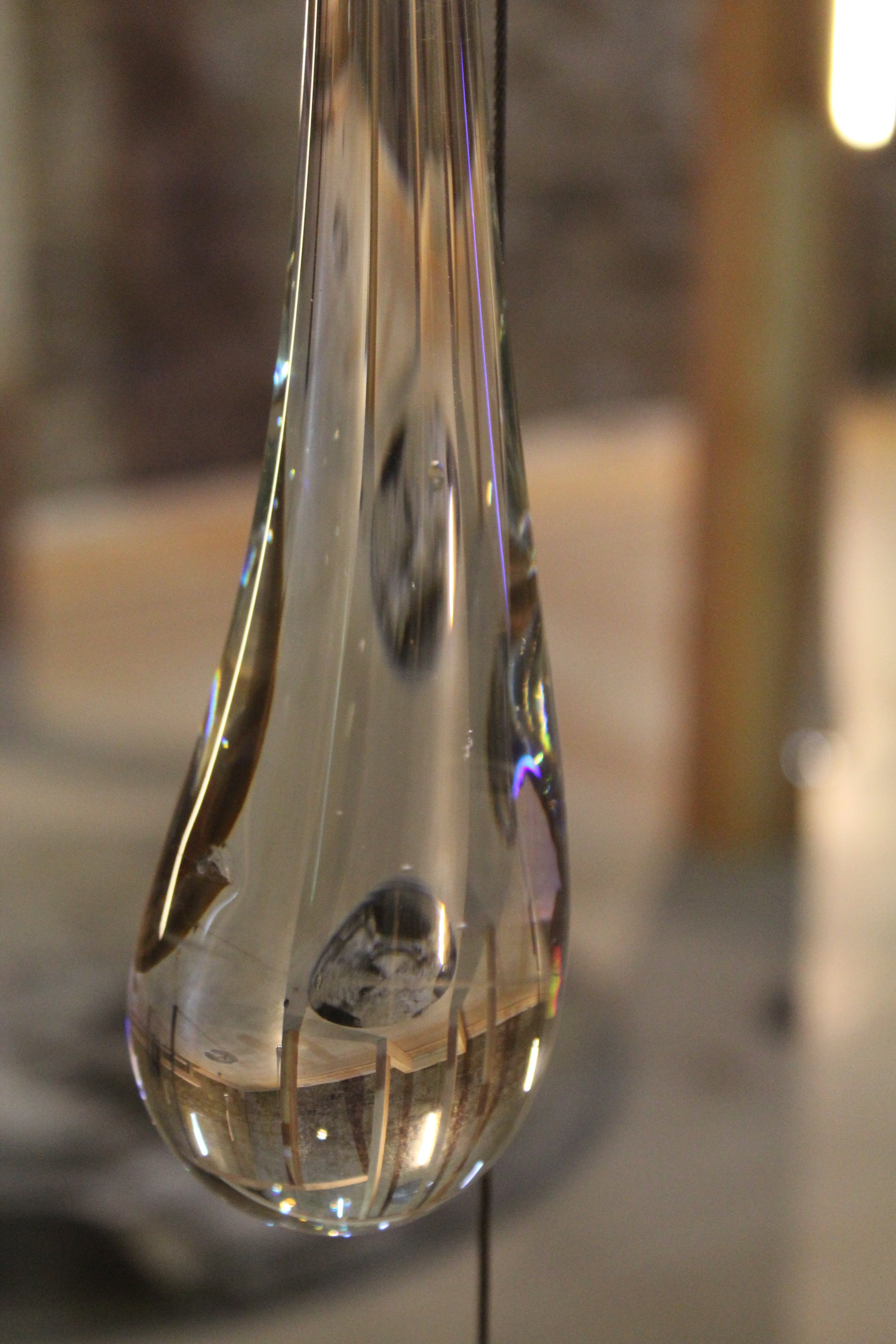
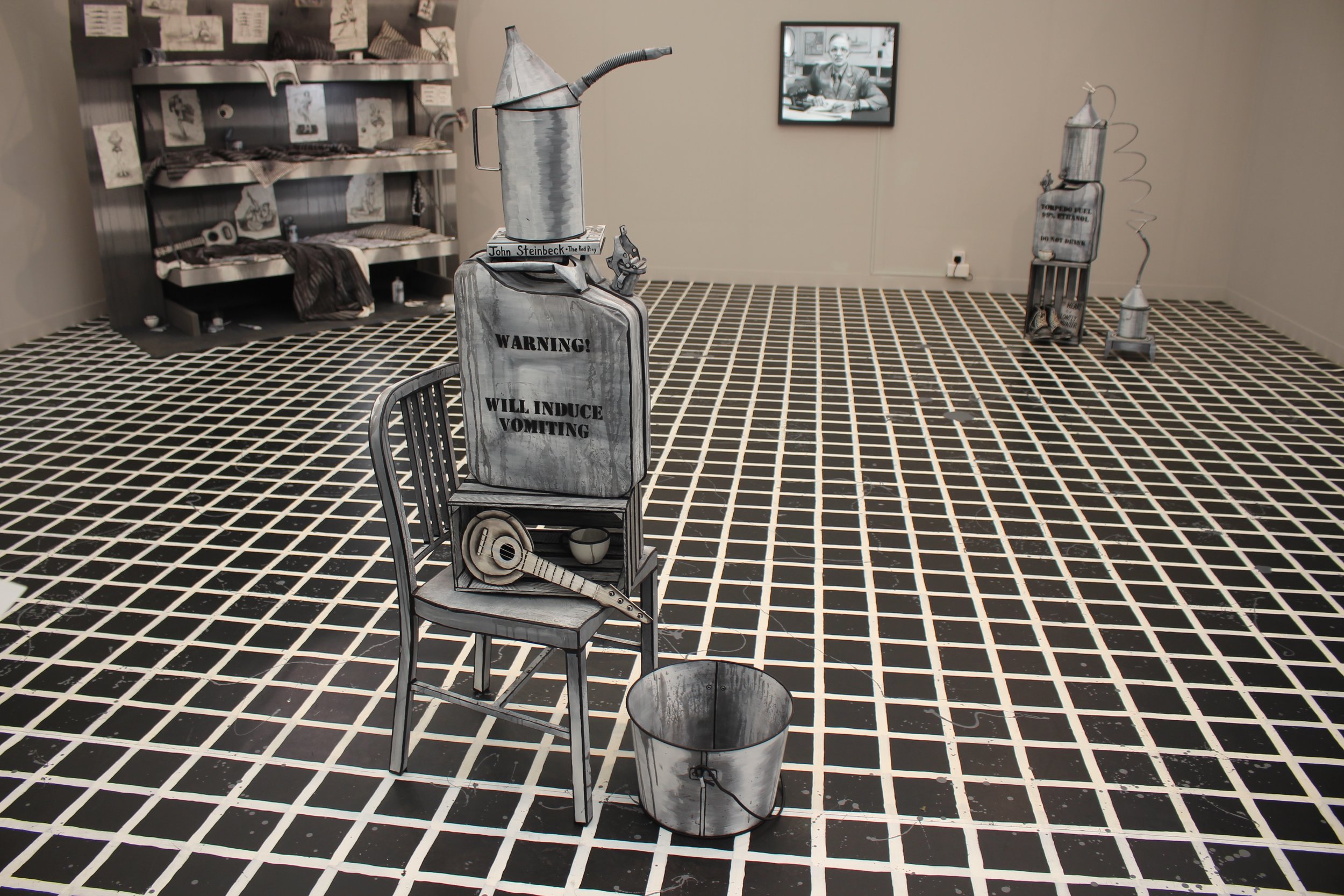

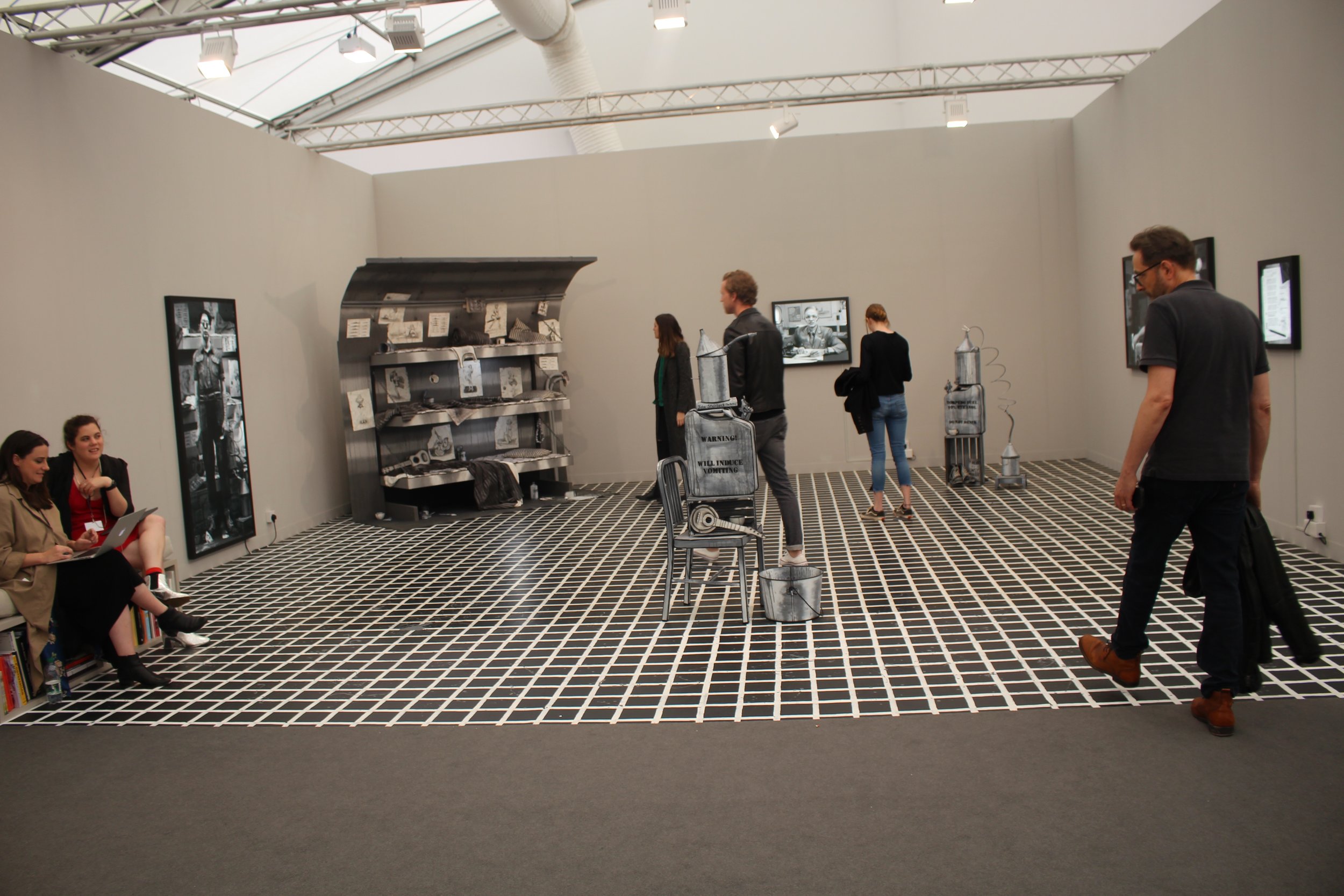

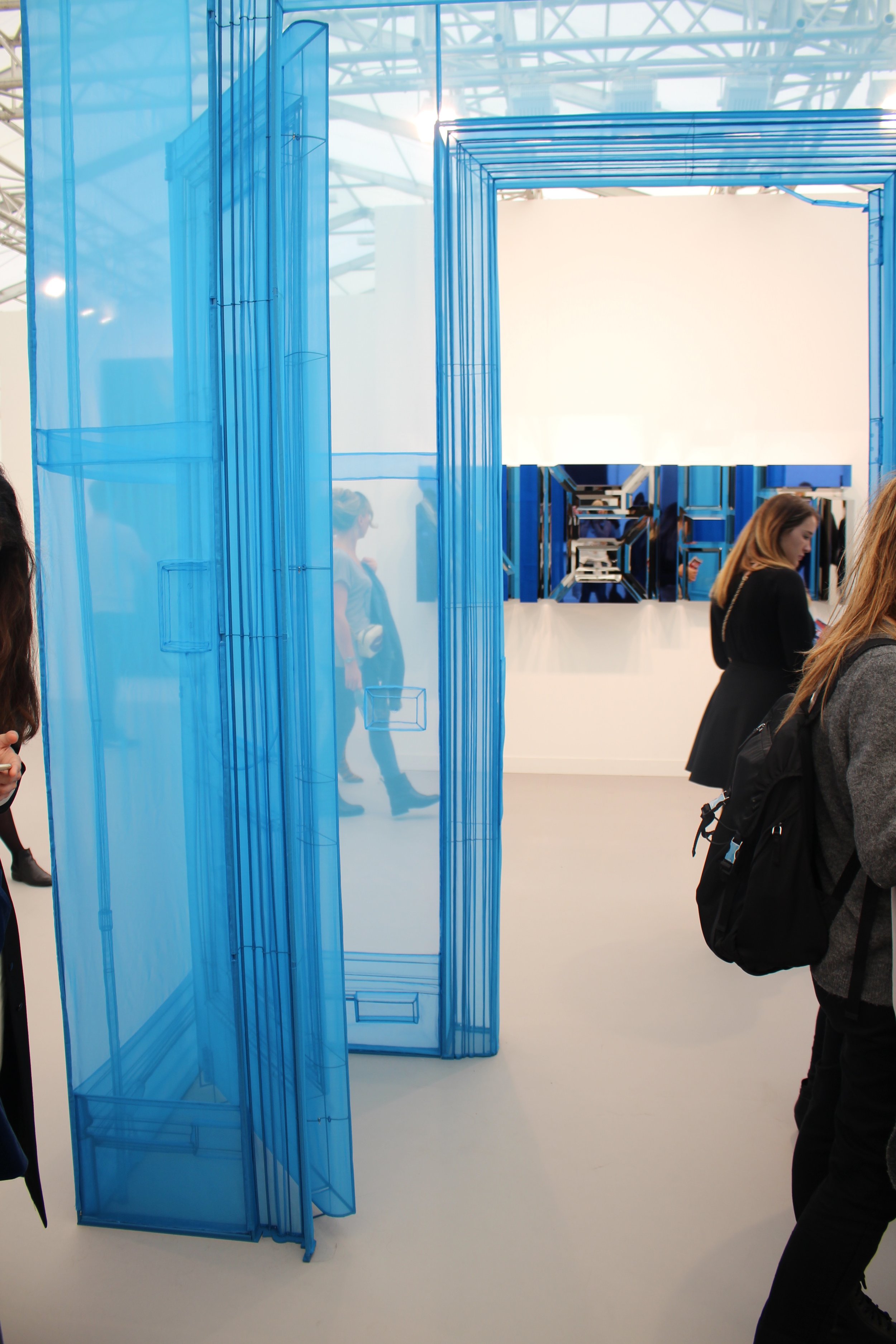


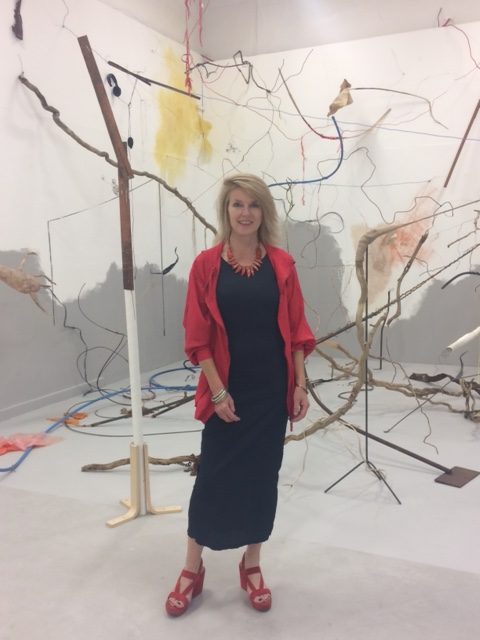
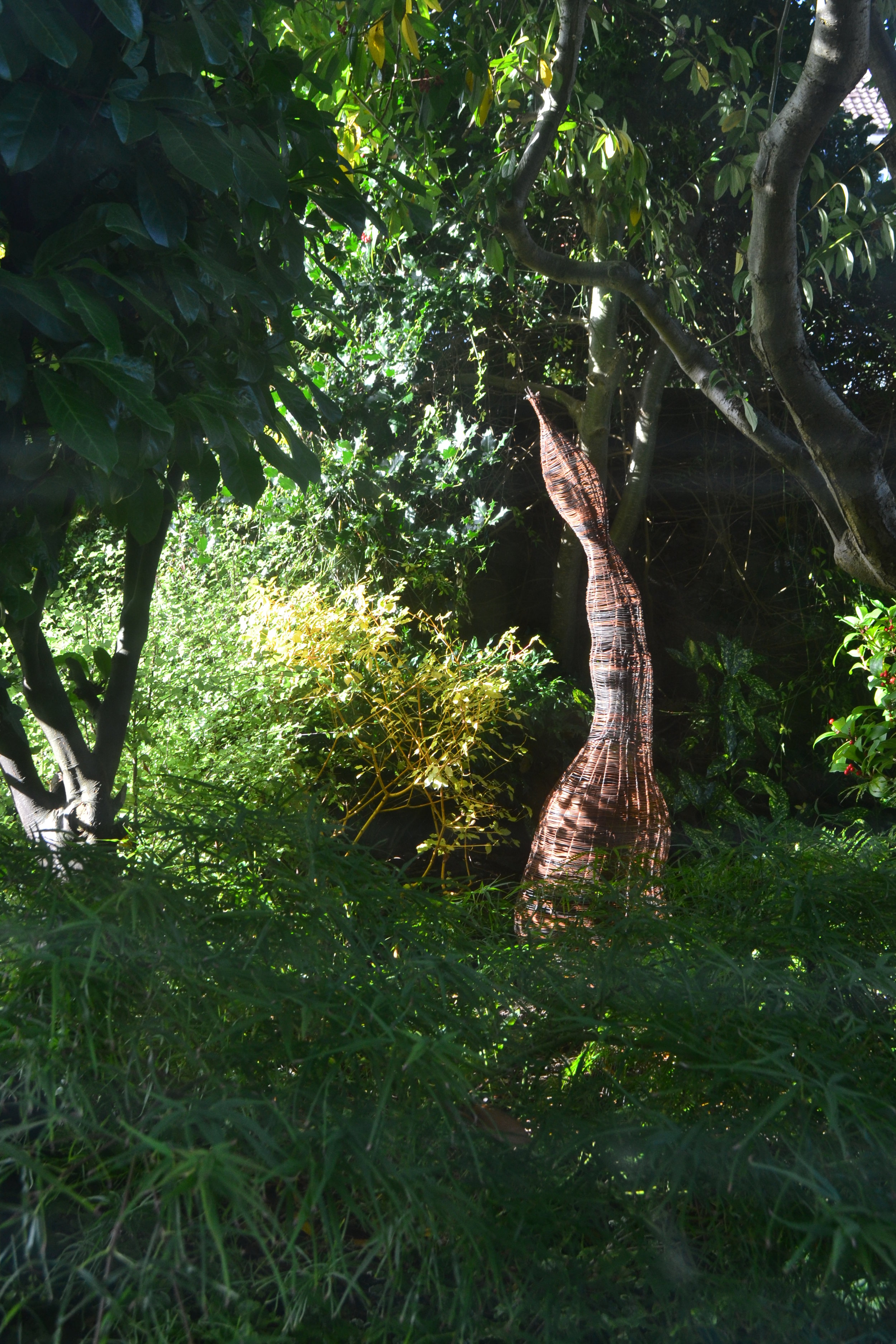
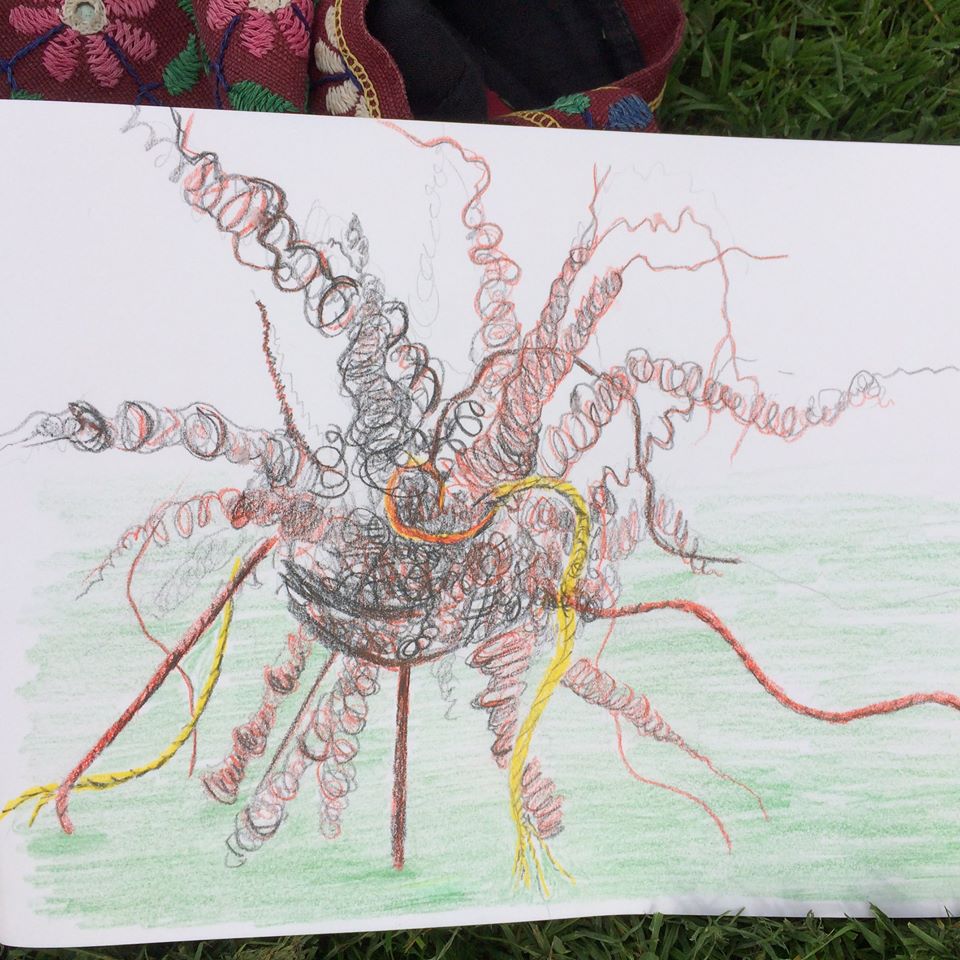

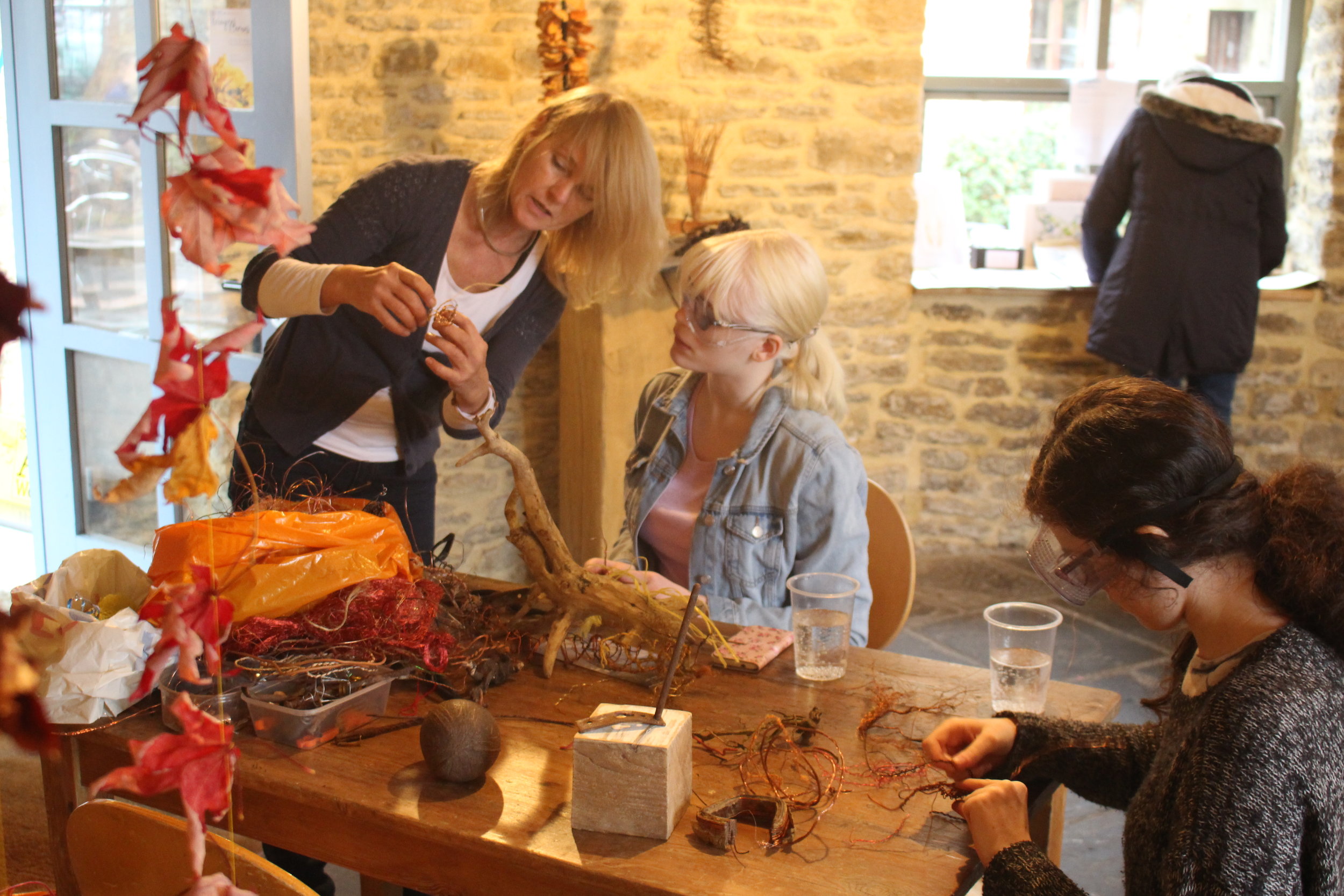
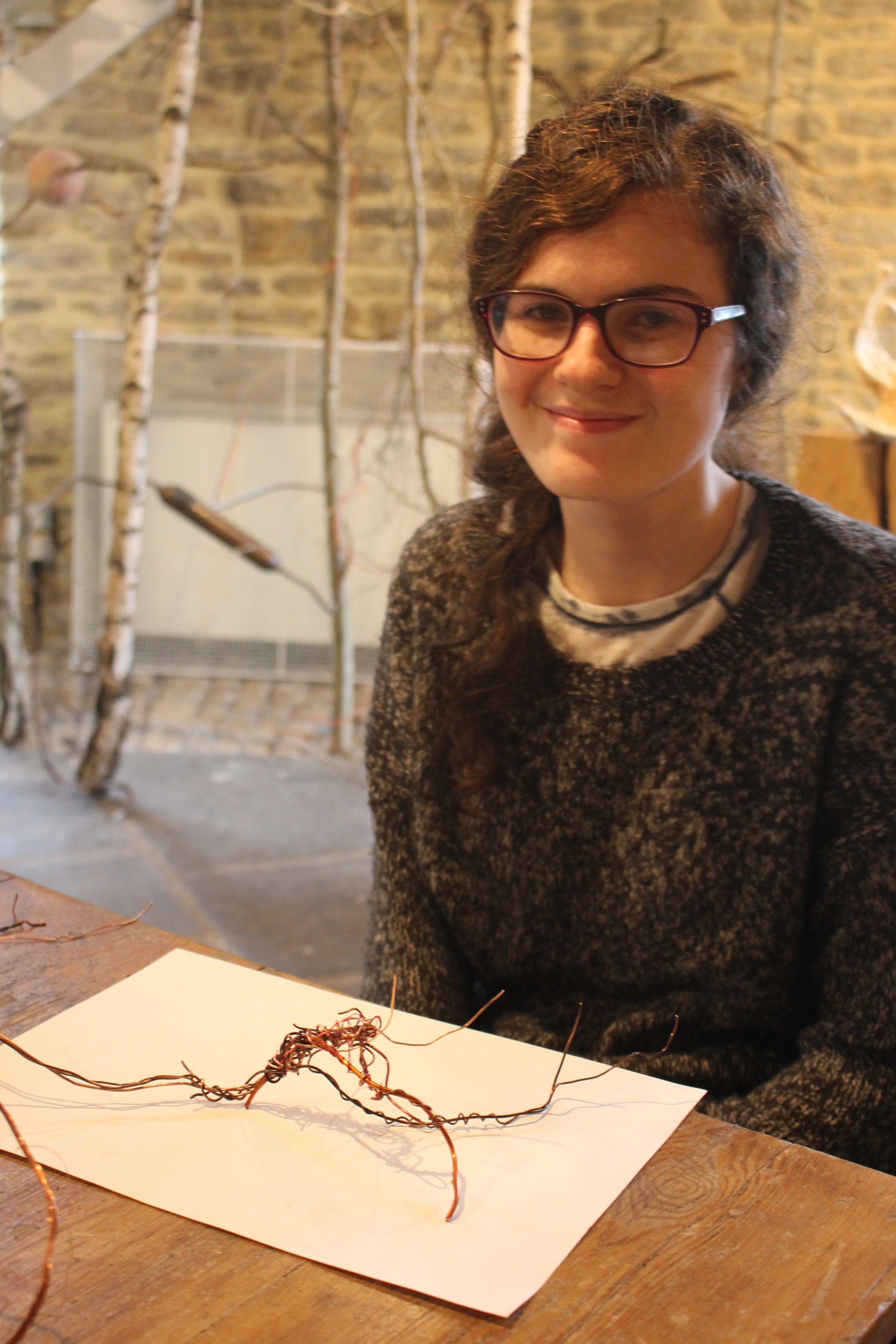
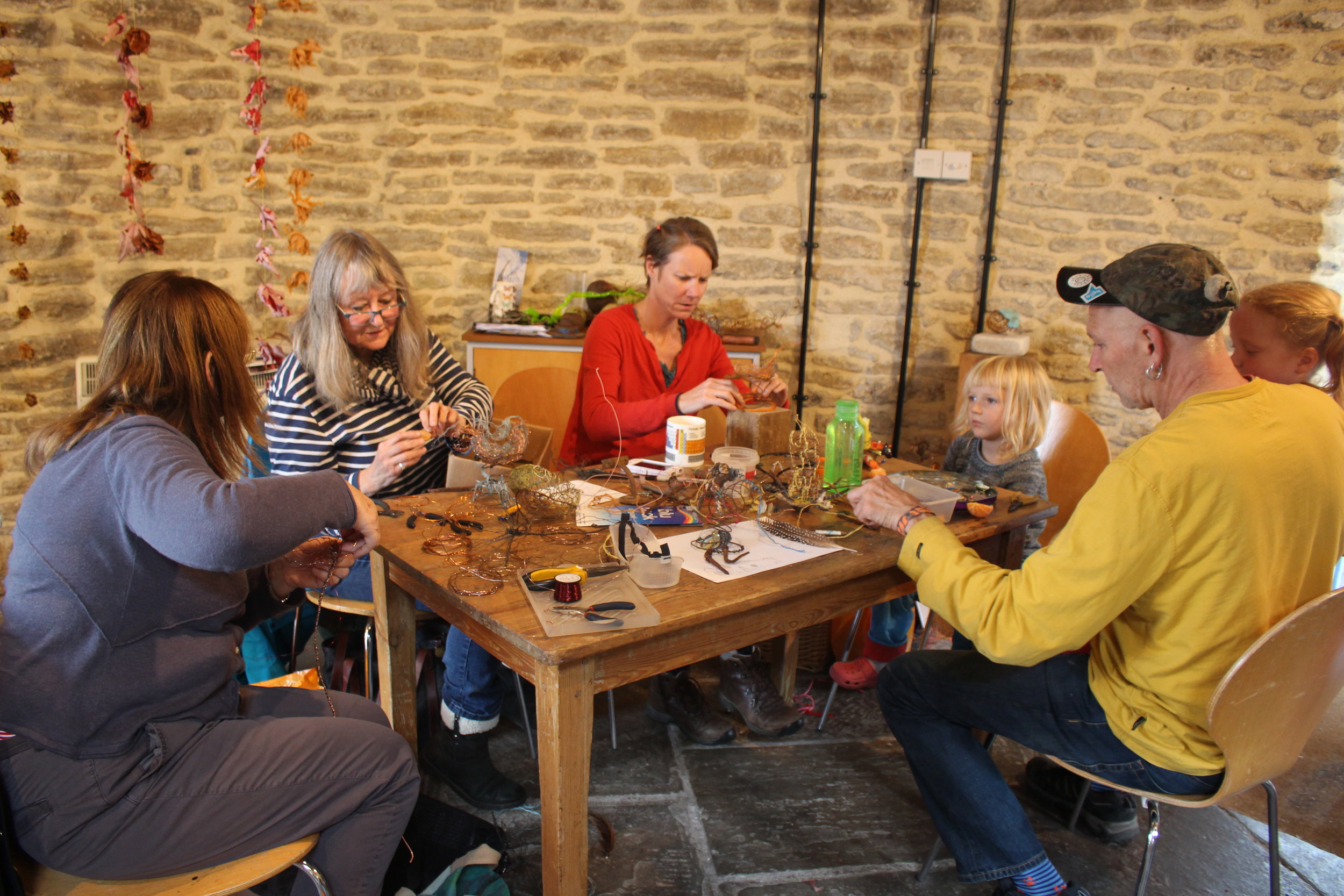
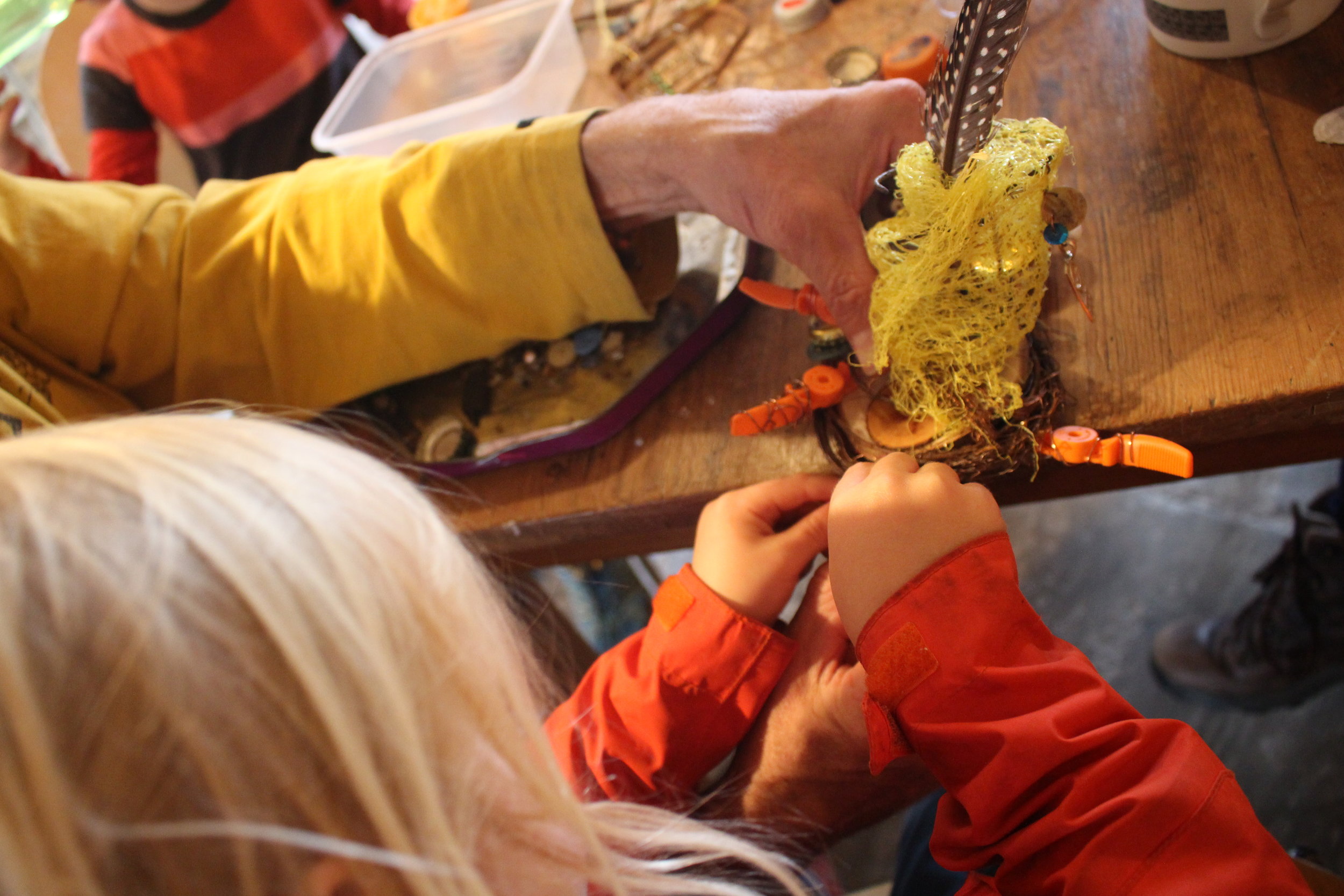


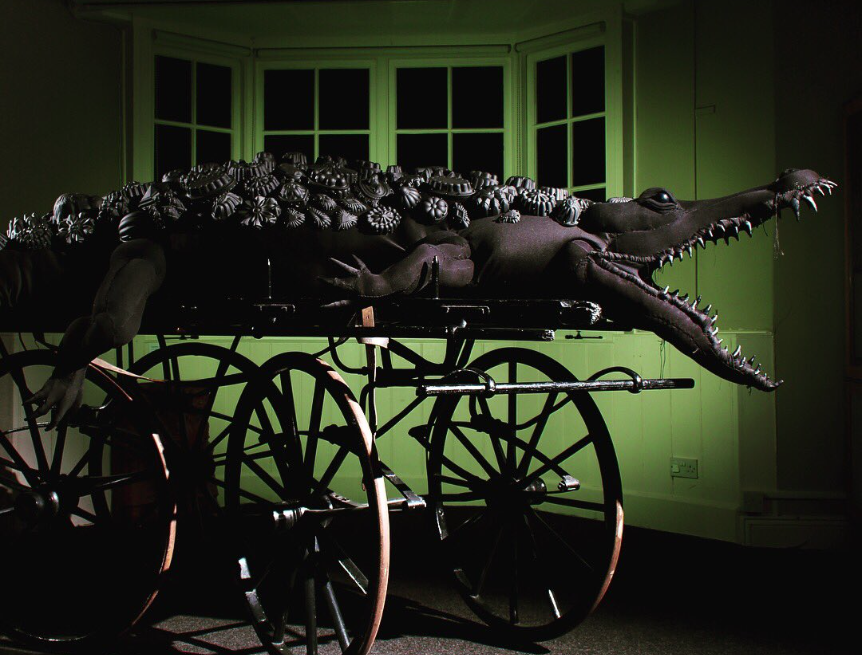

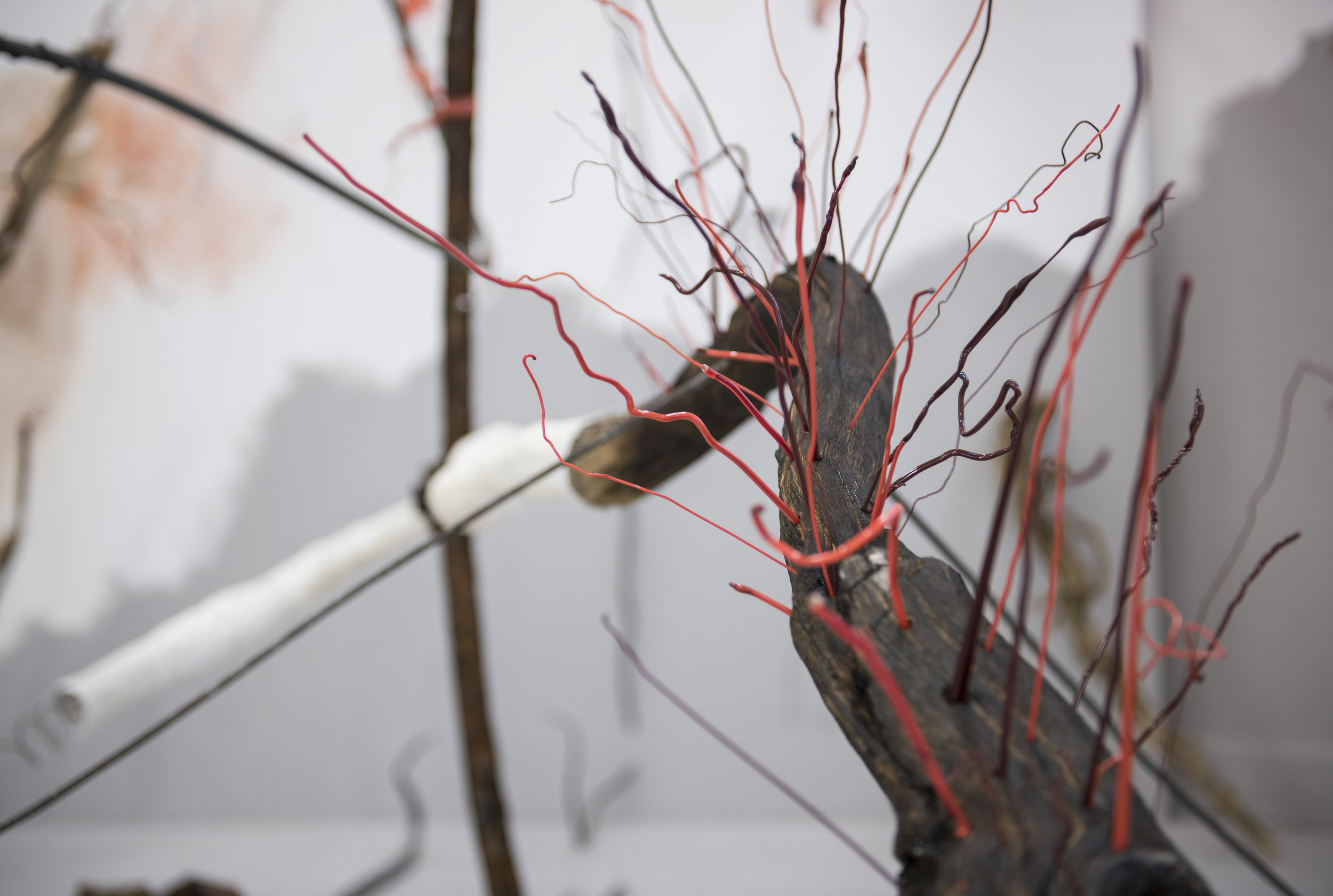

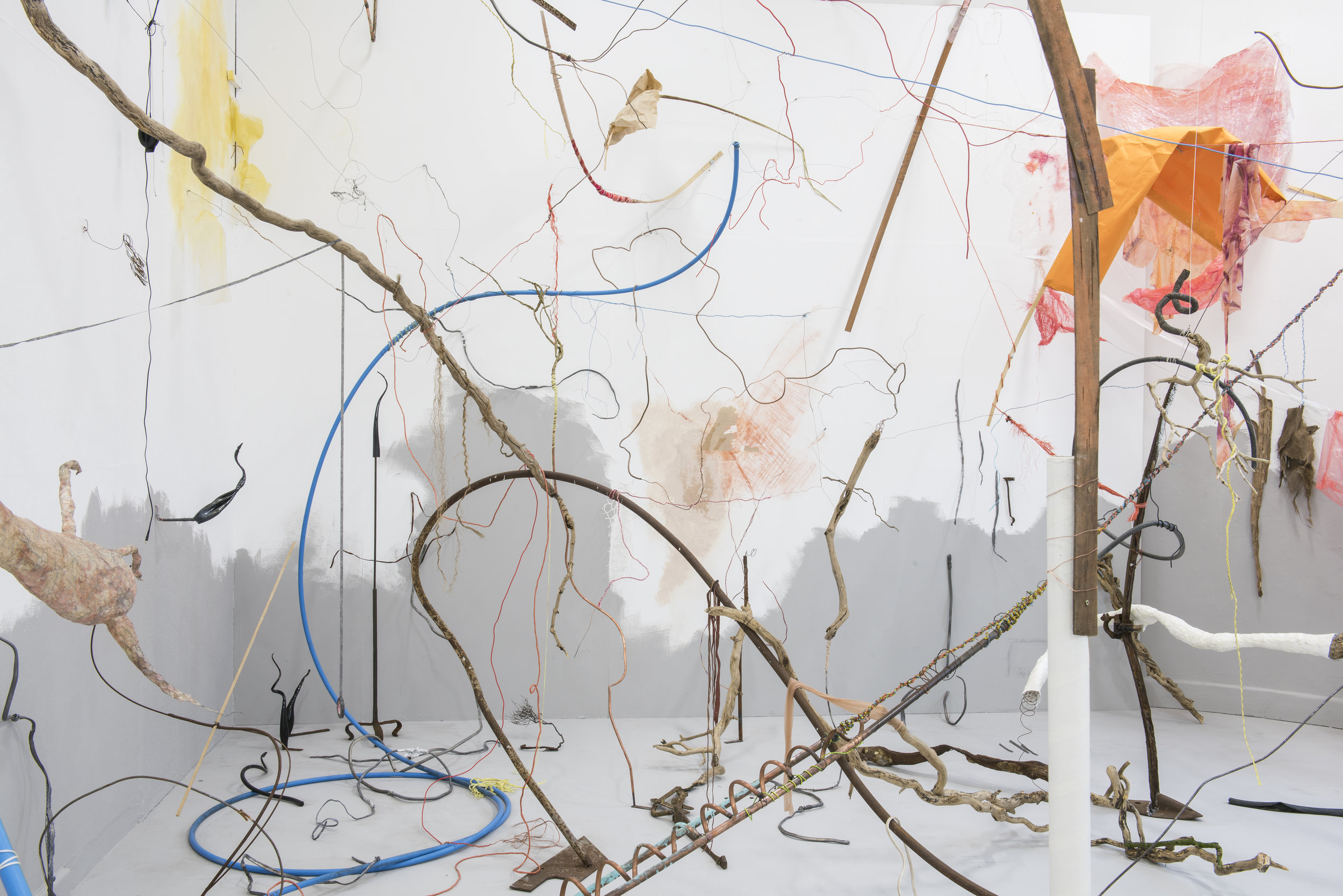



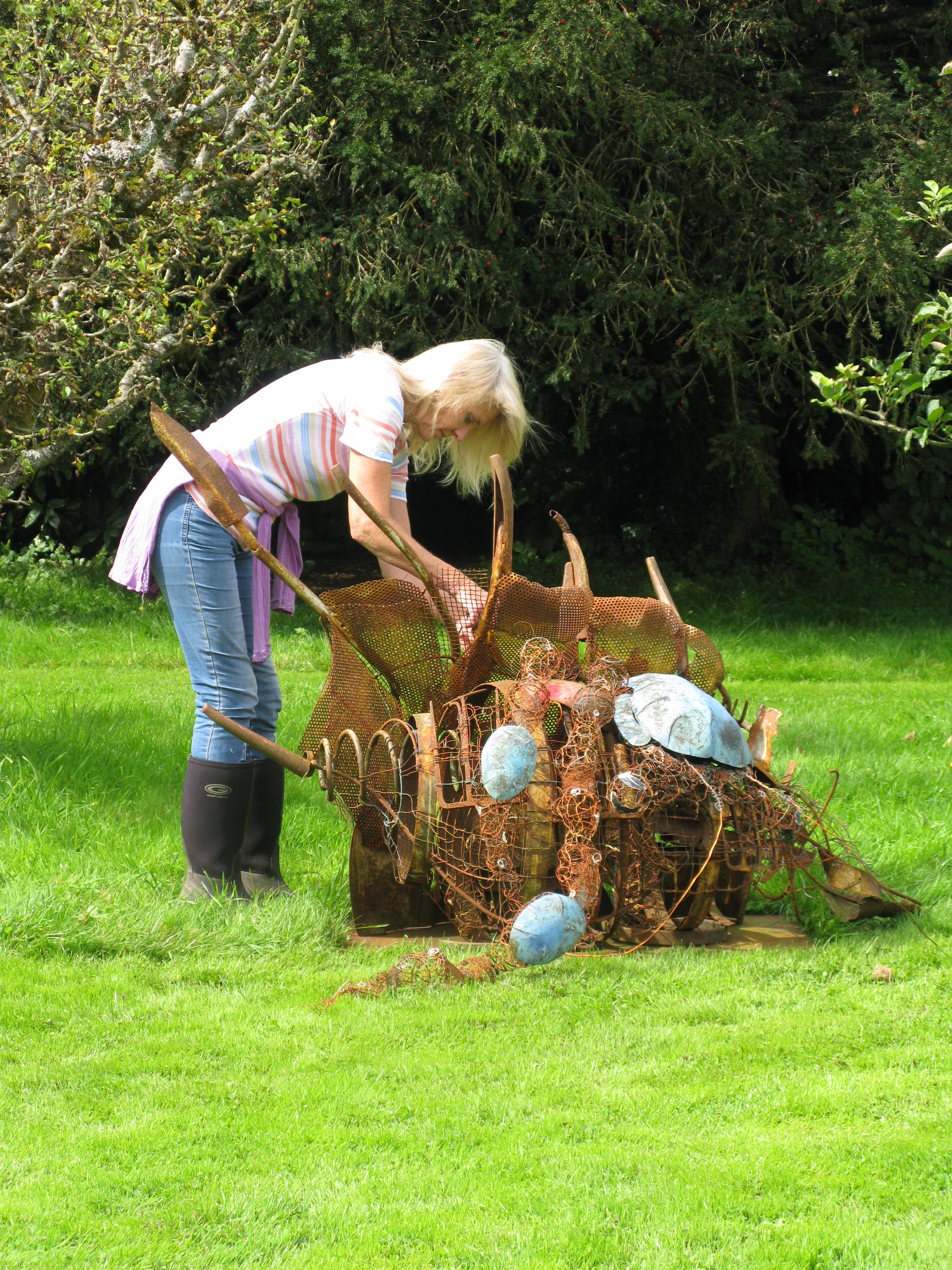



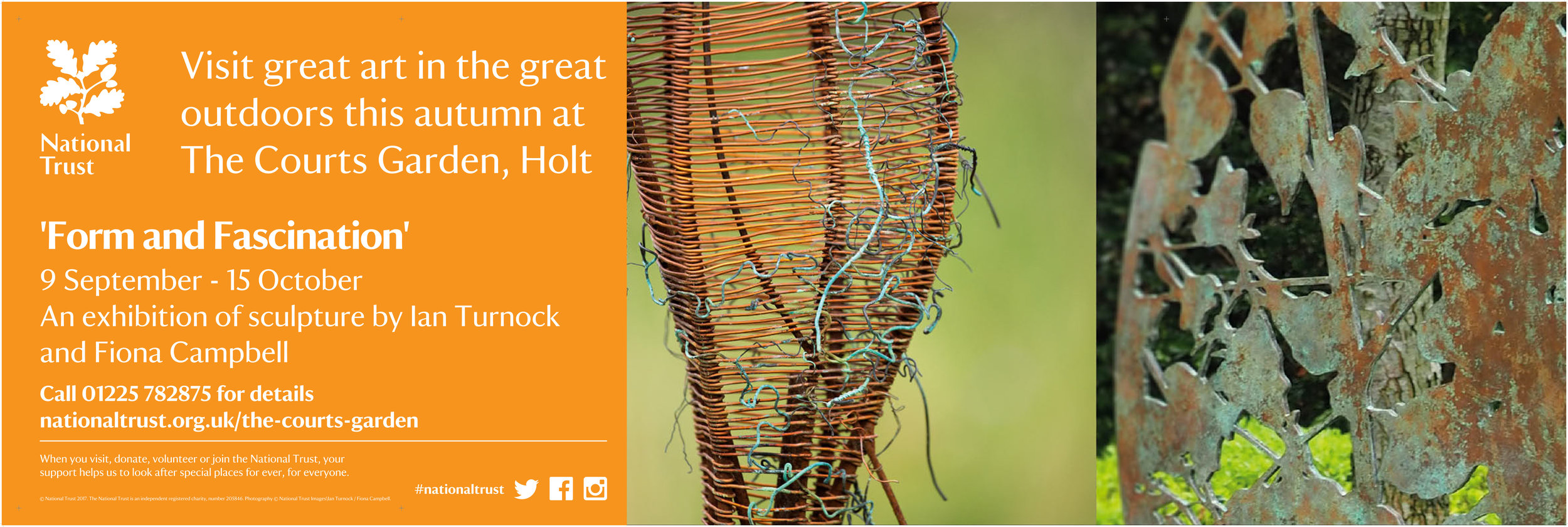
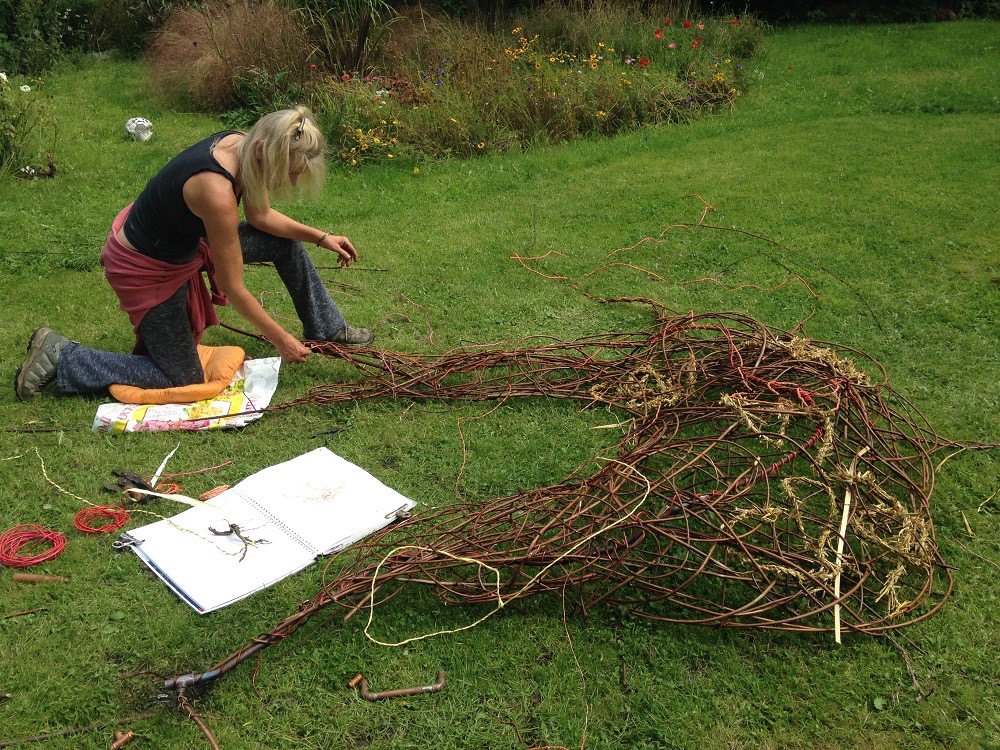
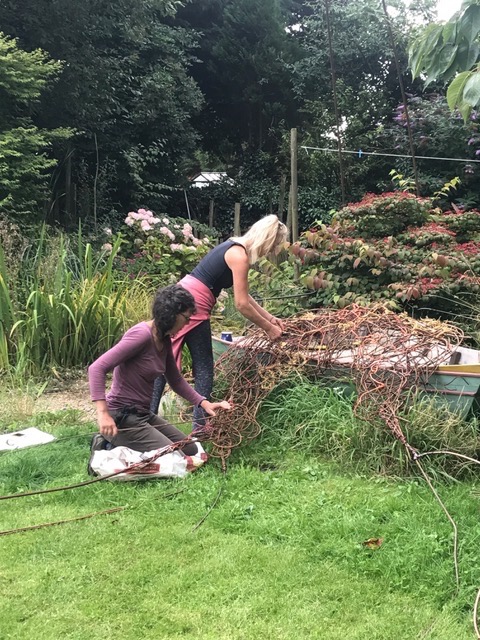


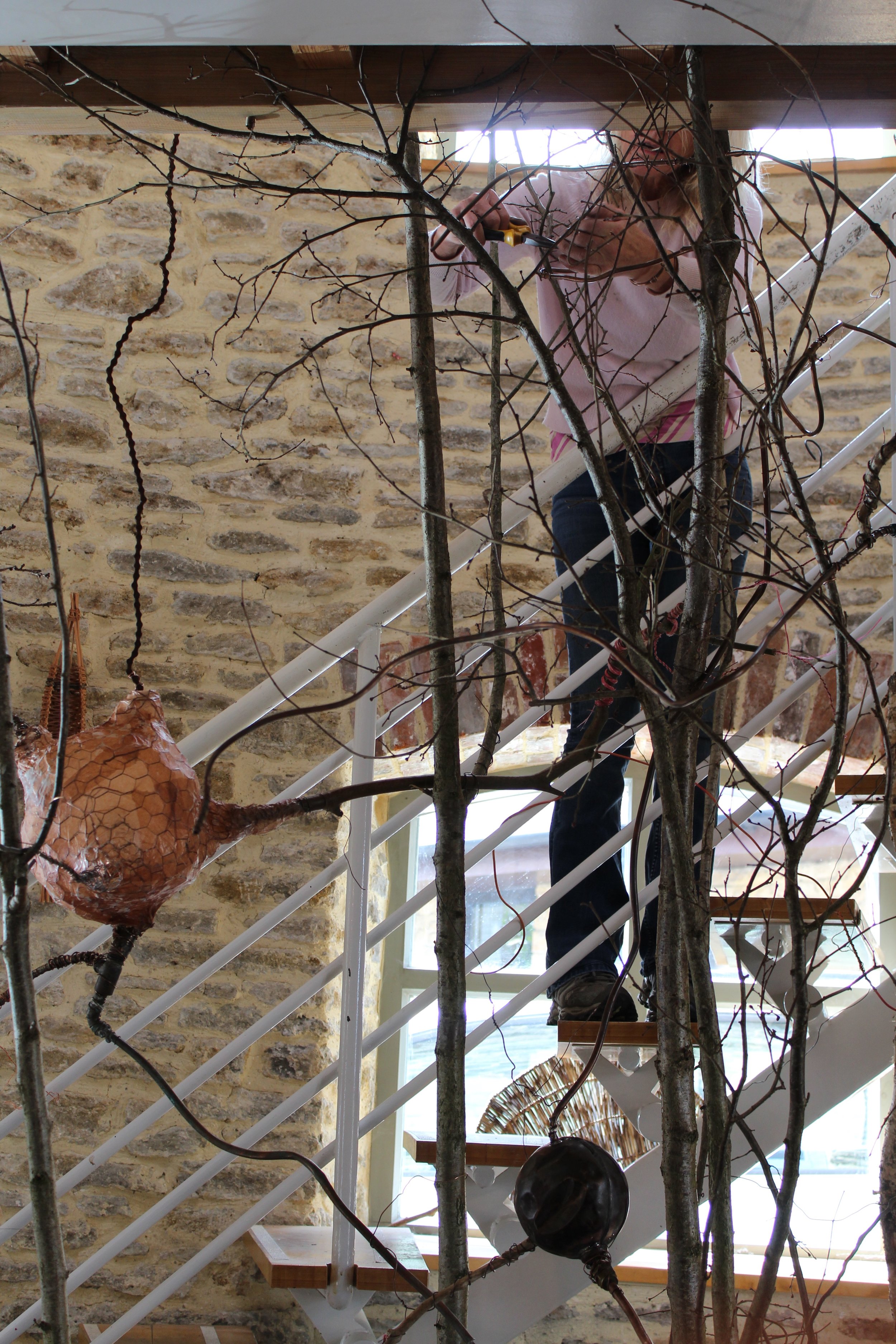





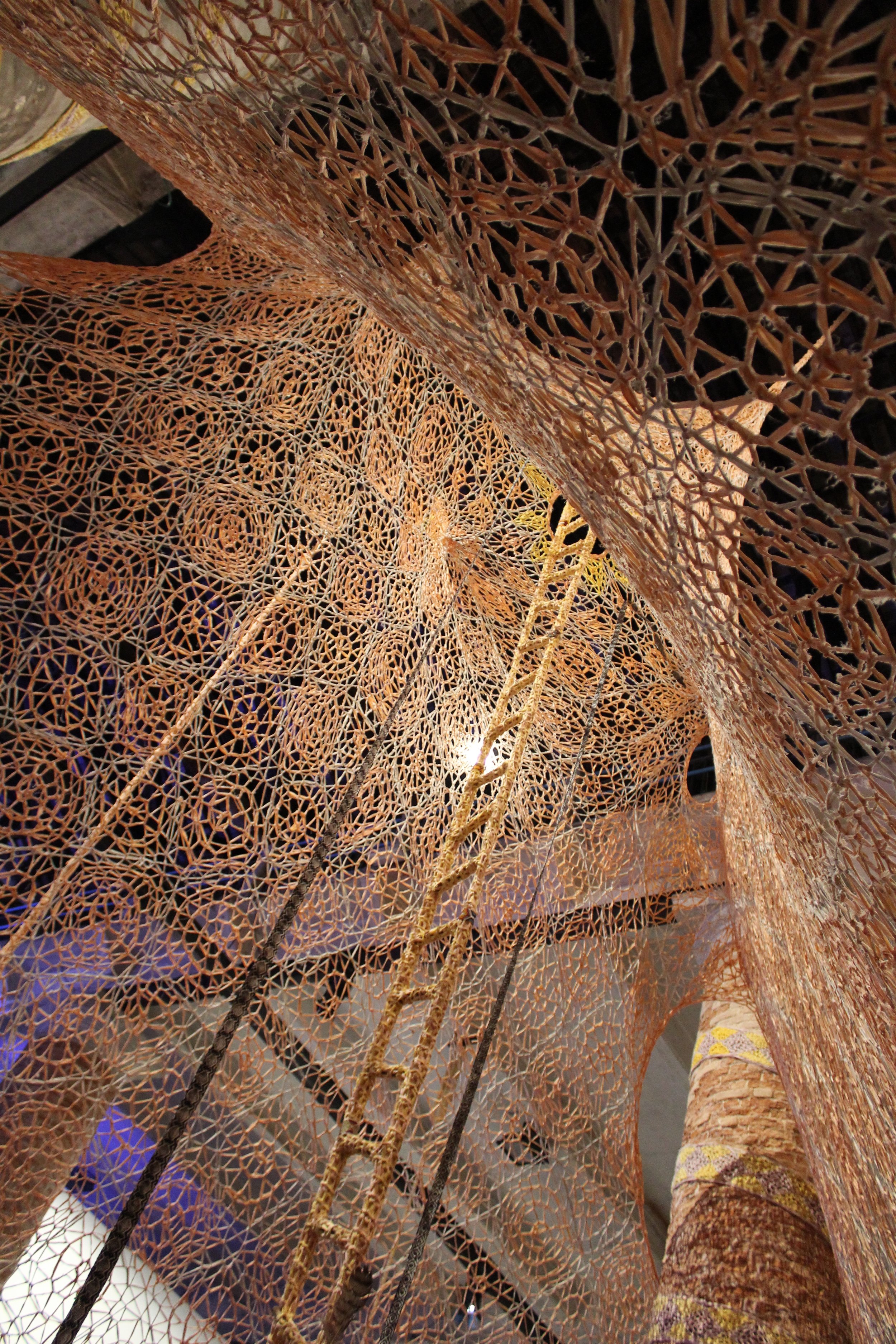
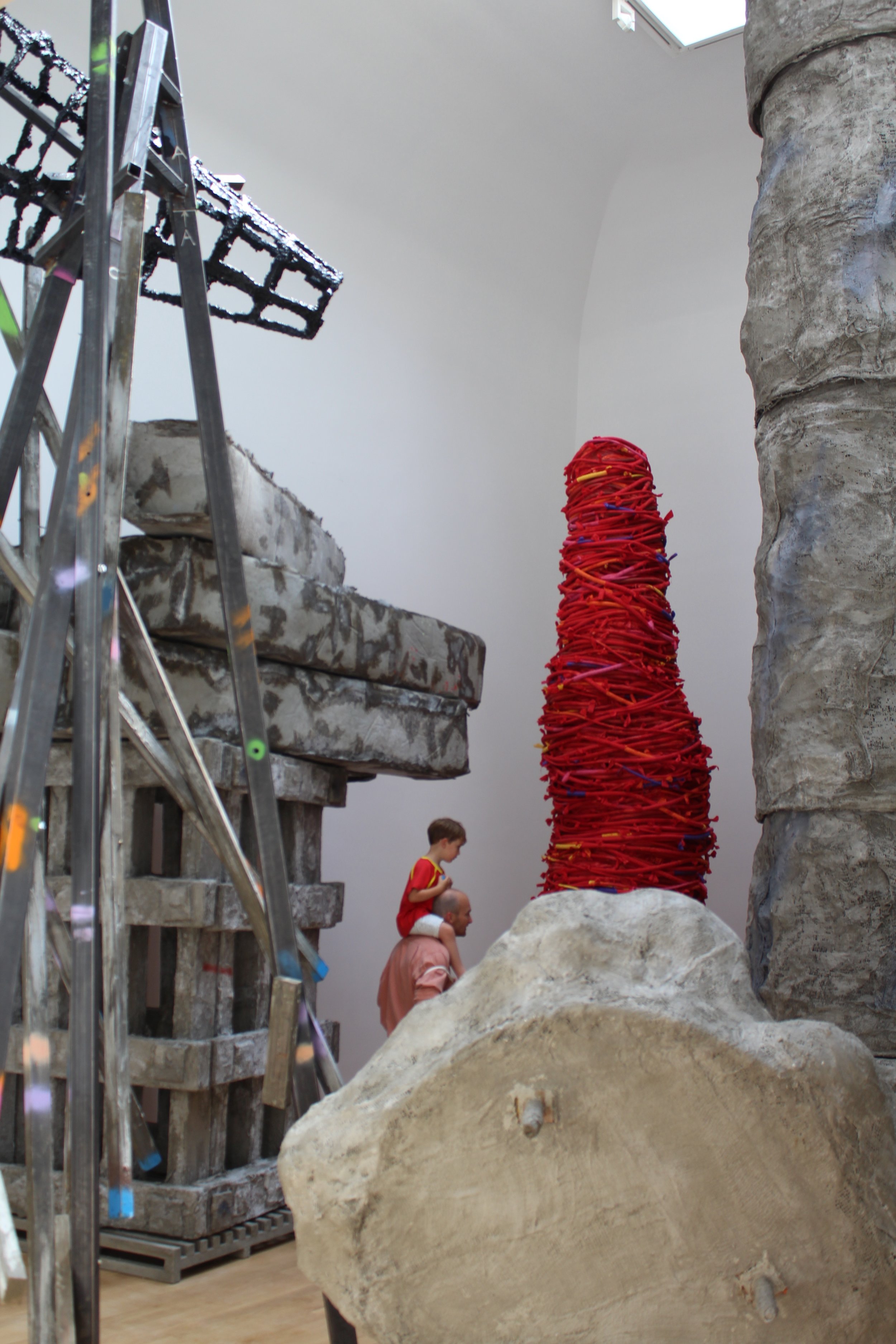



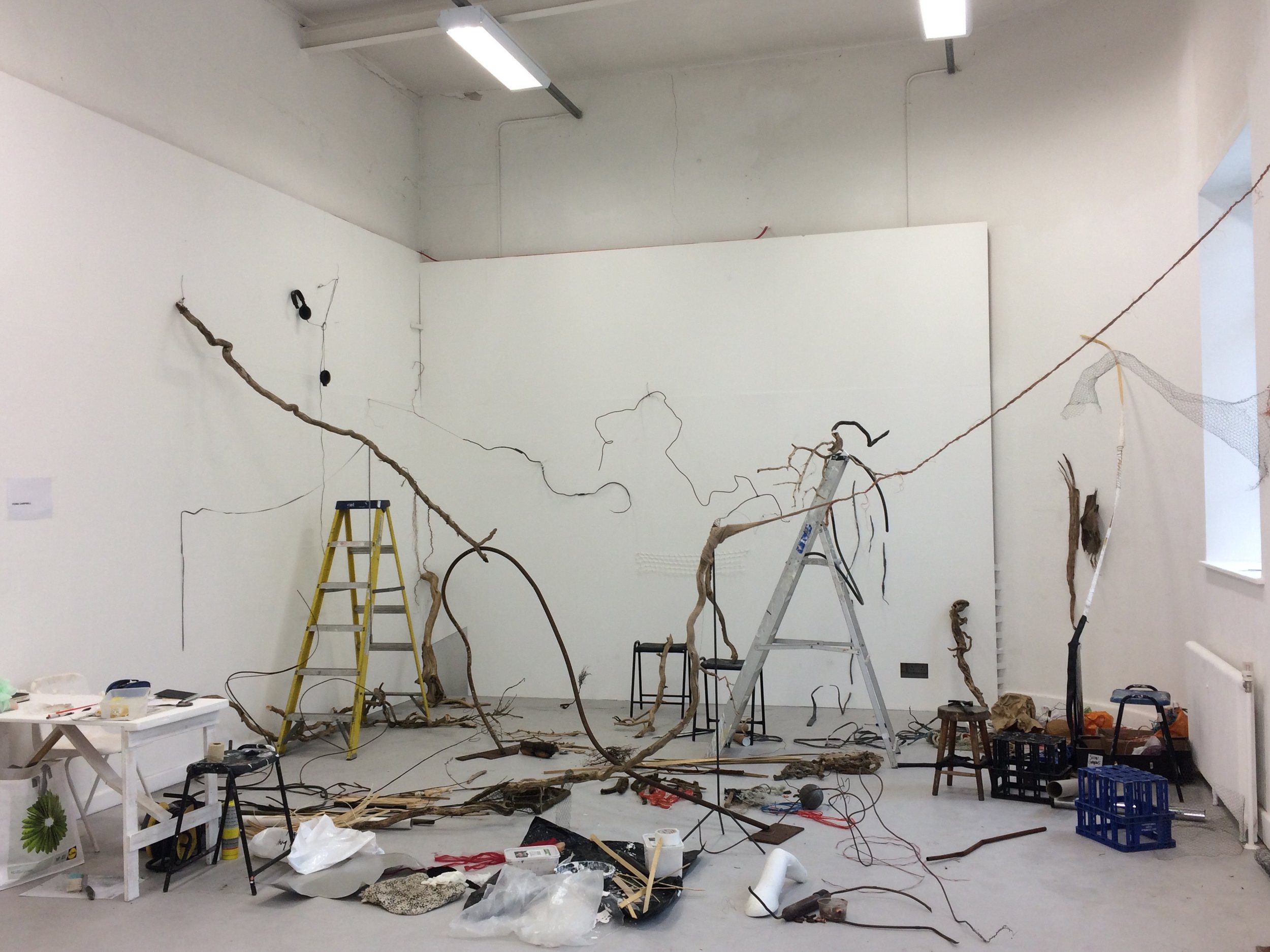
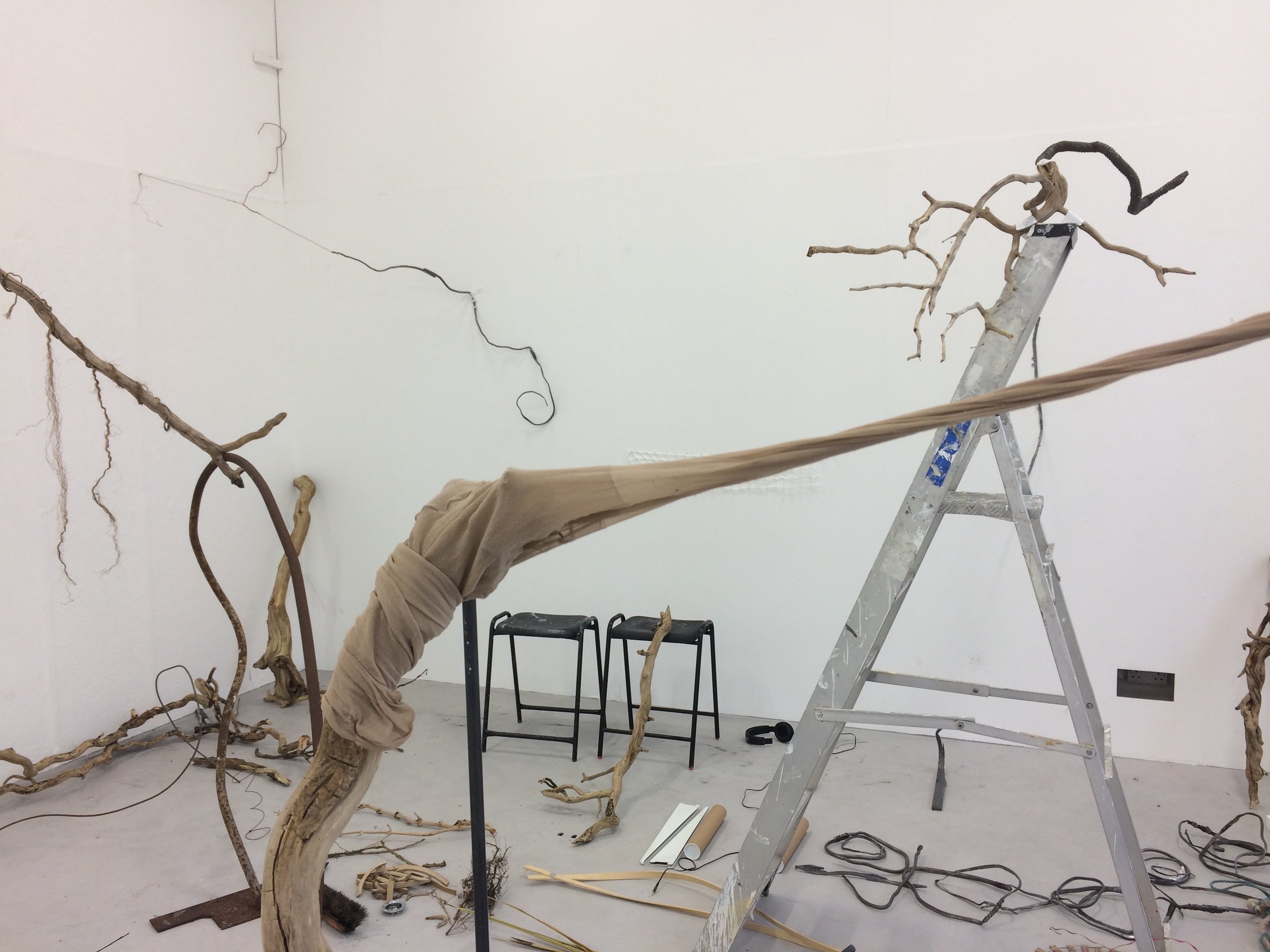


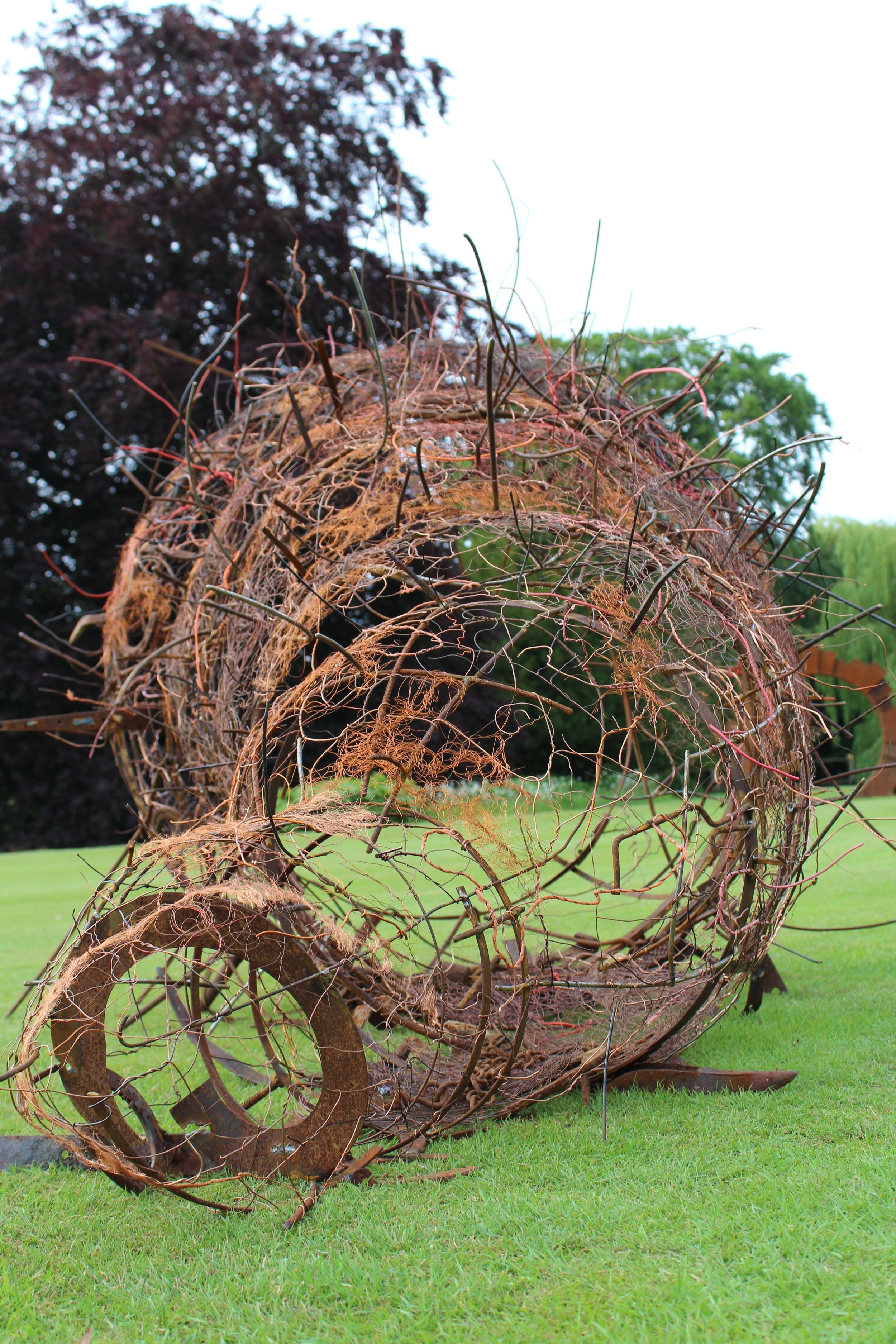
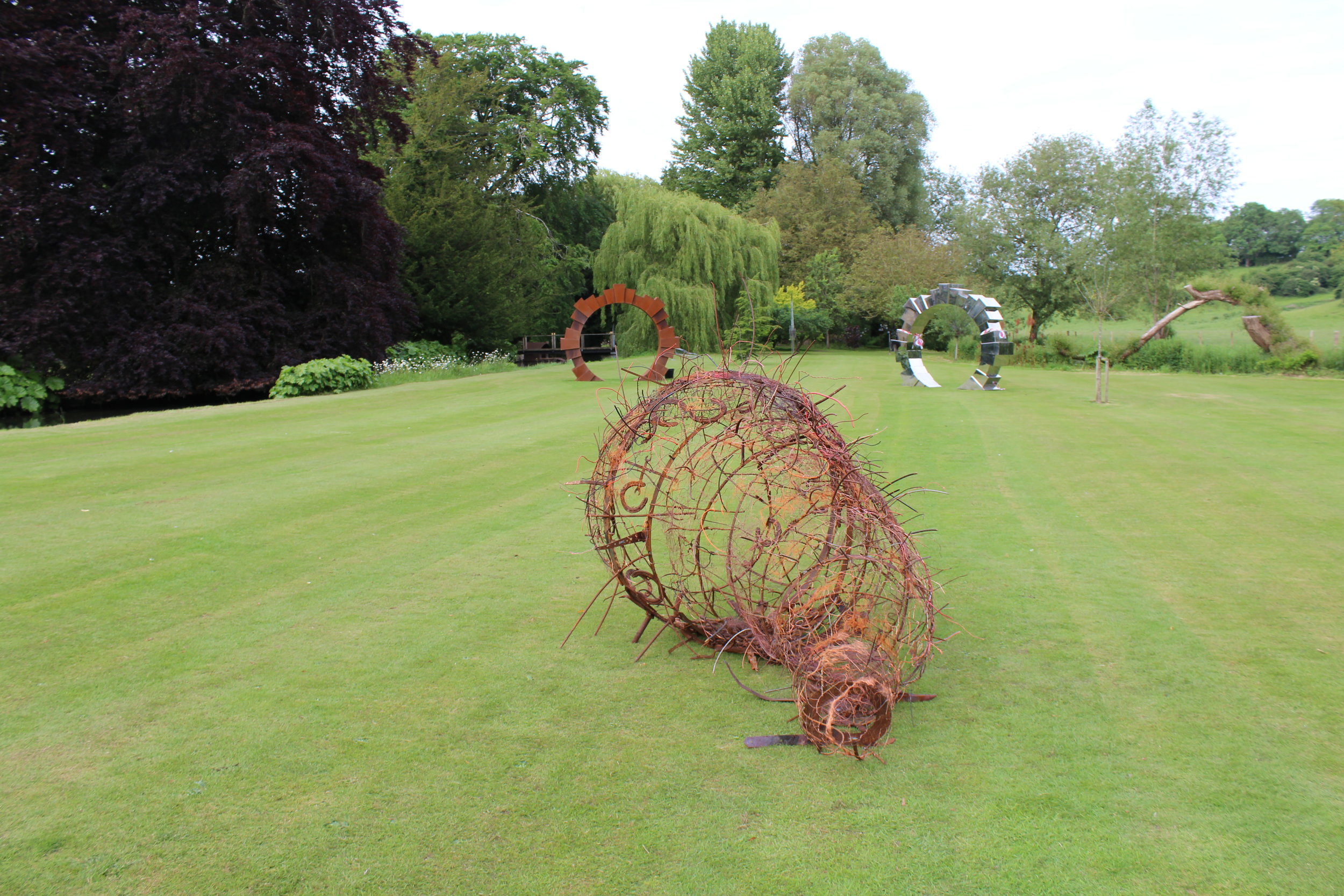 I completed a new piece 'Cocoon' last week for Fresh Air '17. Inspired by the puss moth cocoon and pupa, it is a drawing in space, welded, woven and wrapped. The exhibition starts this weekend and runs until 2 July.
I completed a new piece 'Cocoon' last week for Fresh Air '17. Inspired by the puss moth cocoon and pupa, it is a drawing in space, welded, woven and wrapped. The exhibition starts this weekend and runs until 2 July.